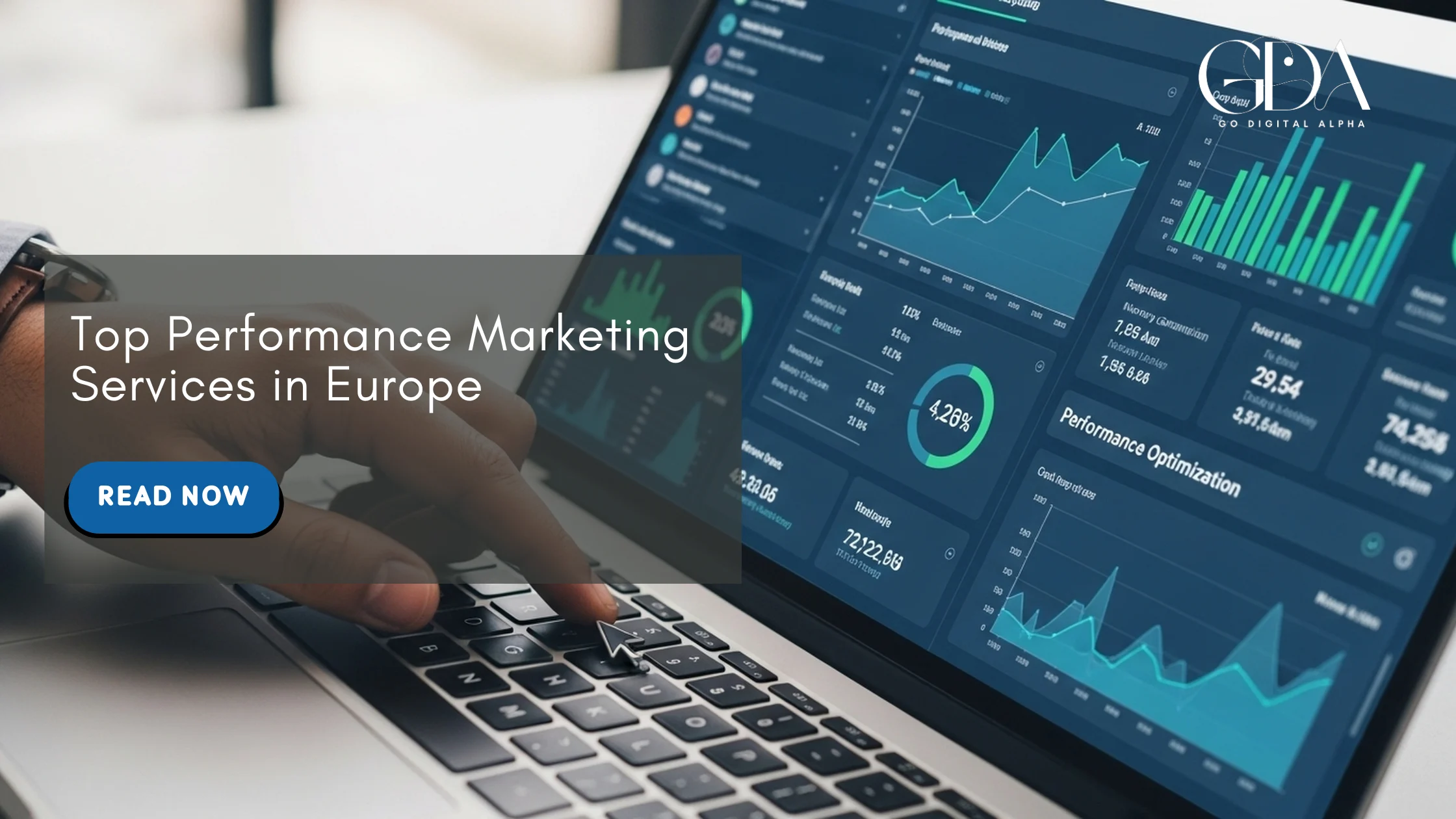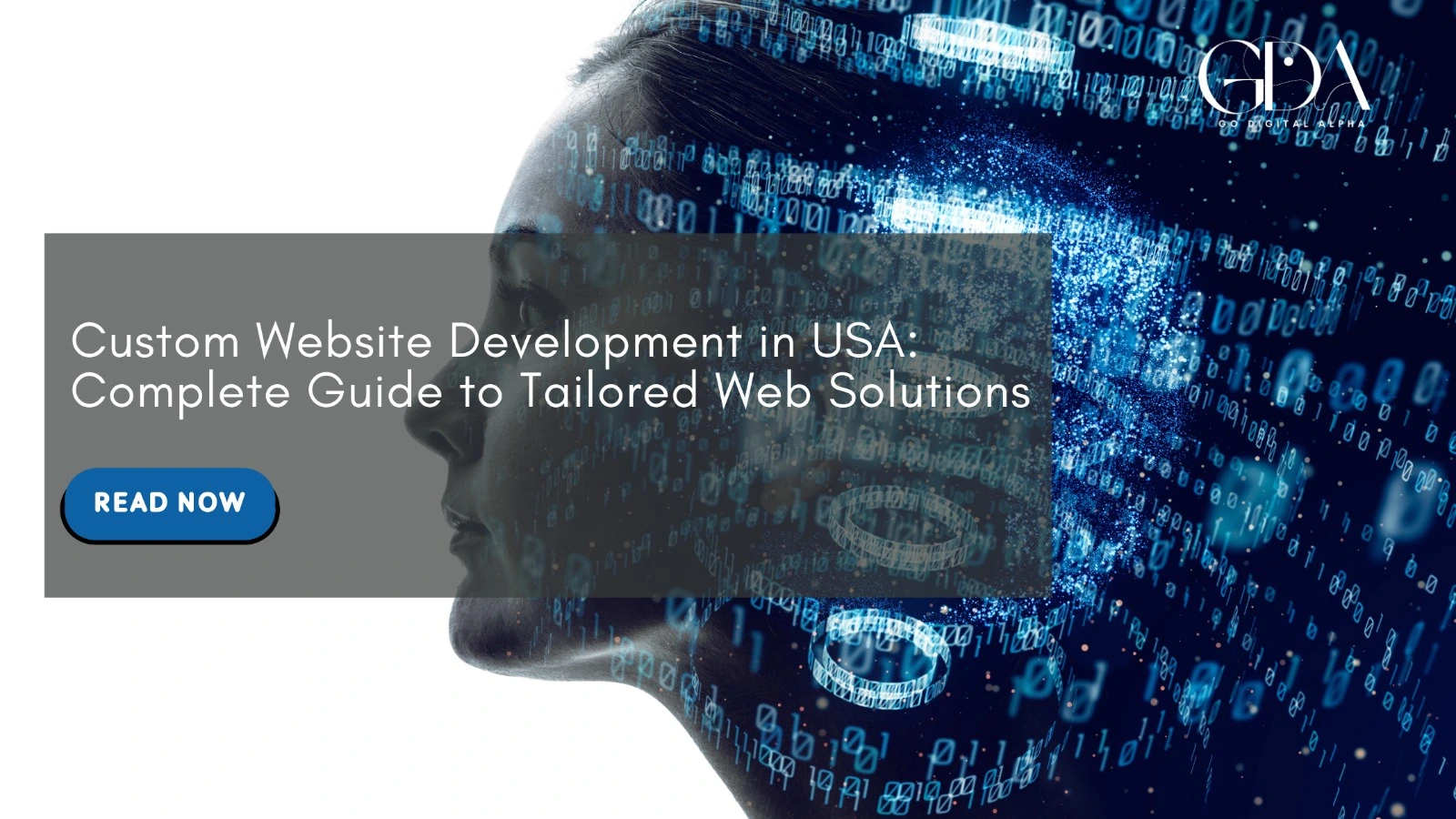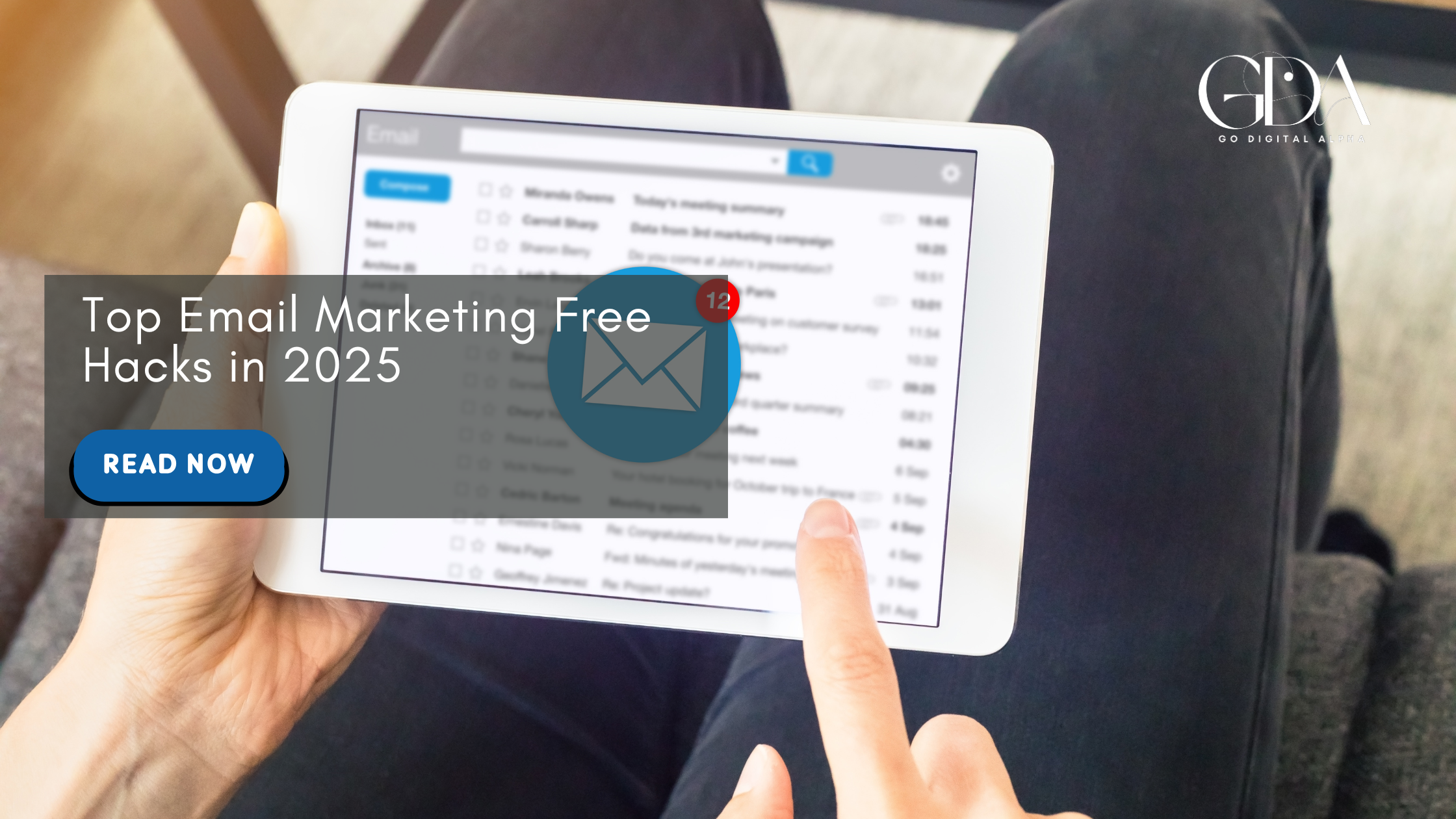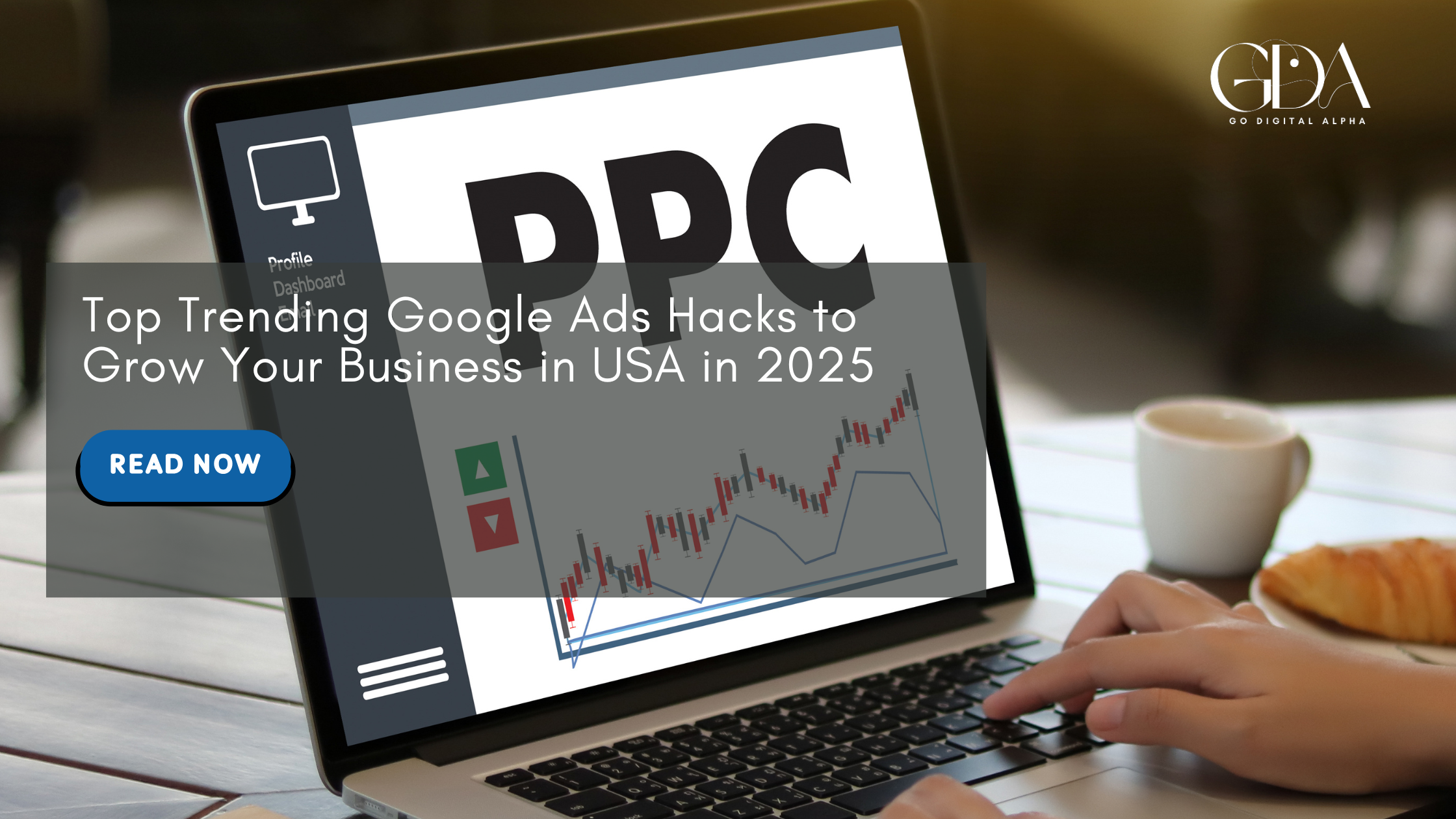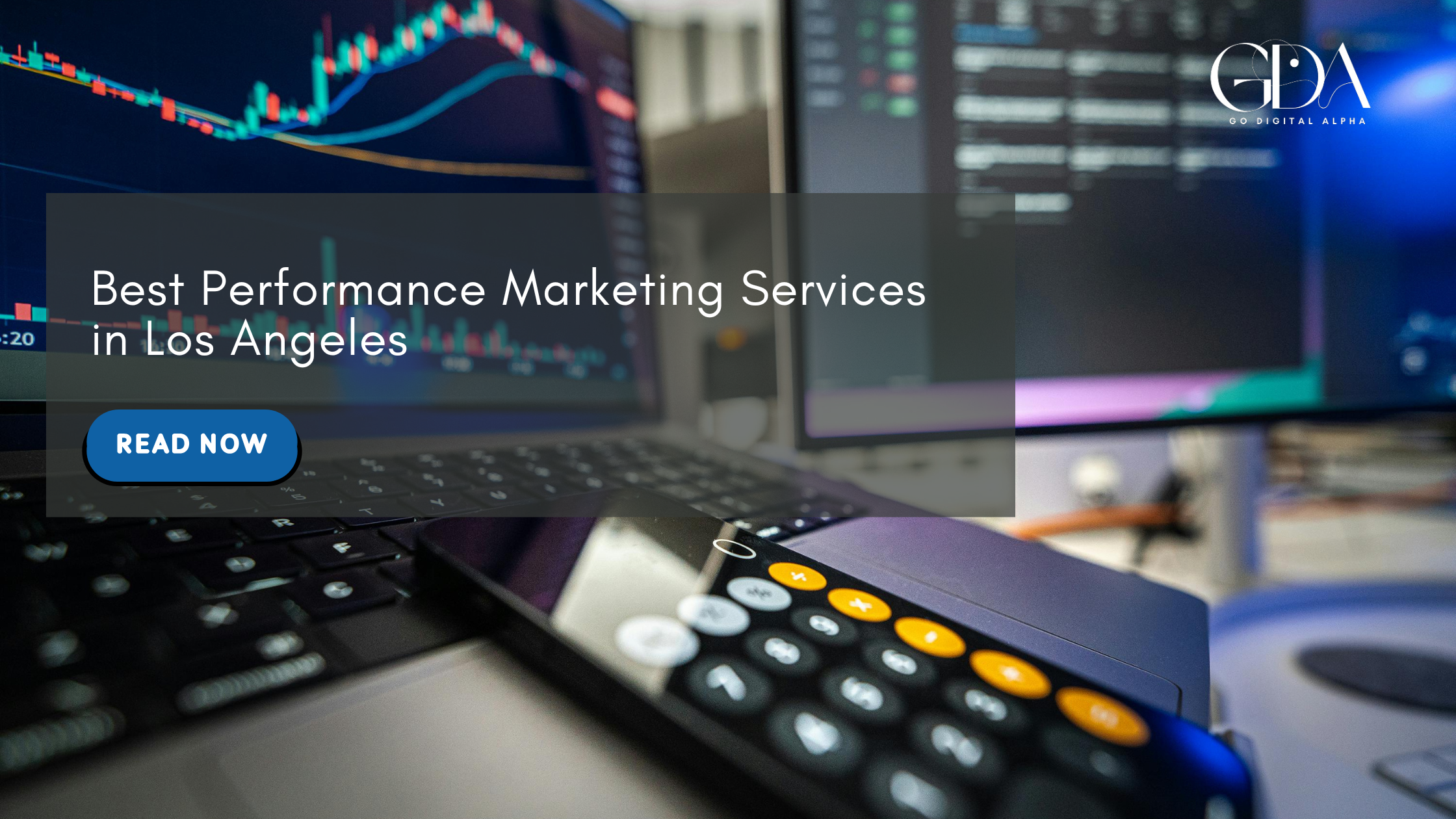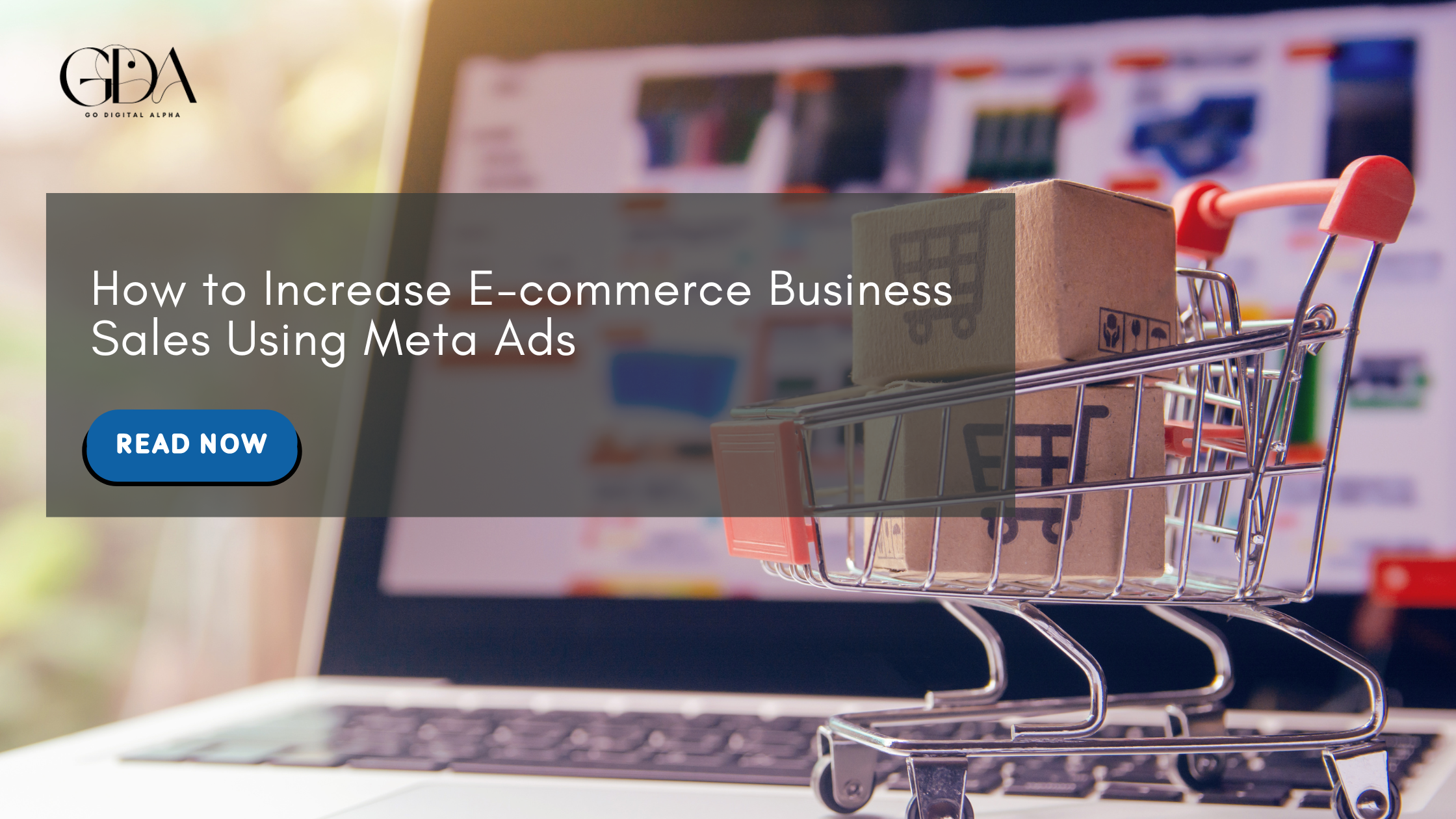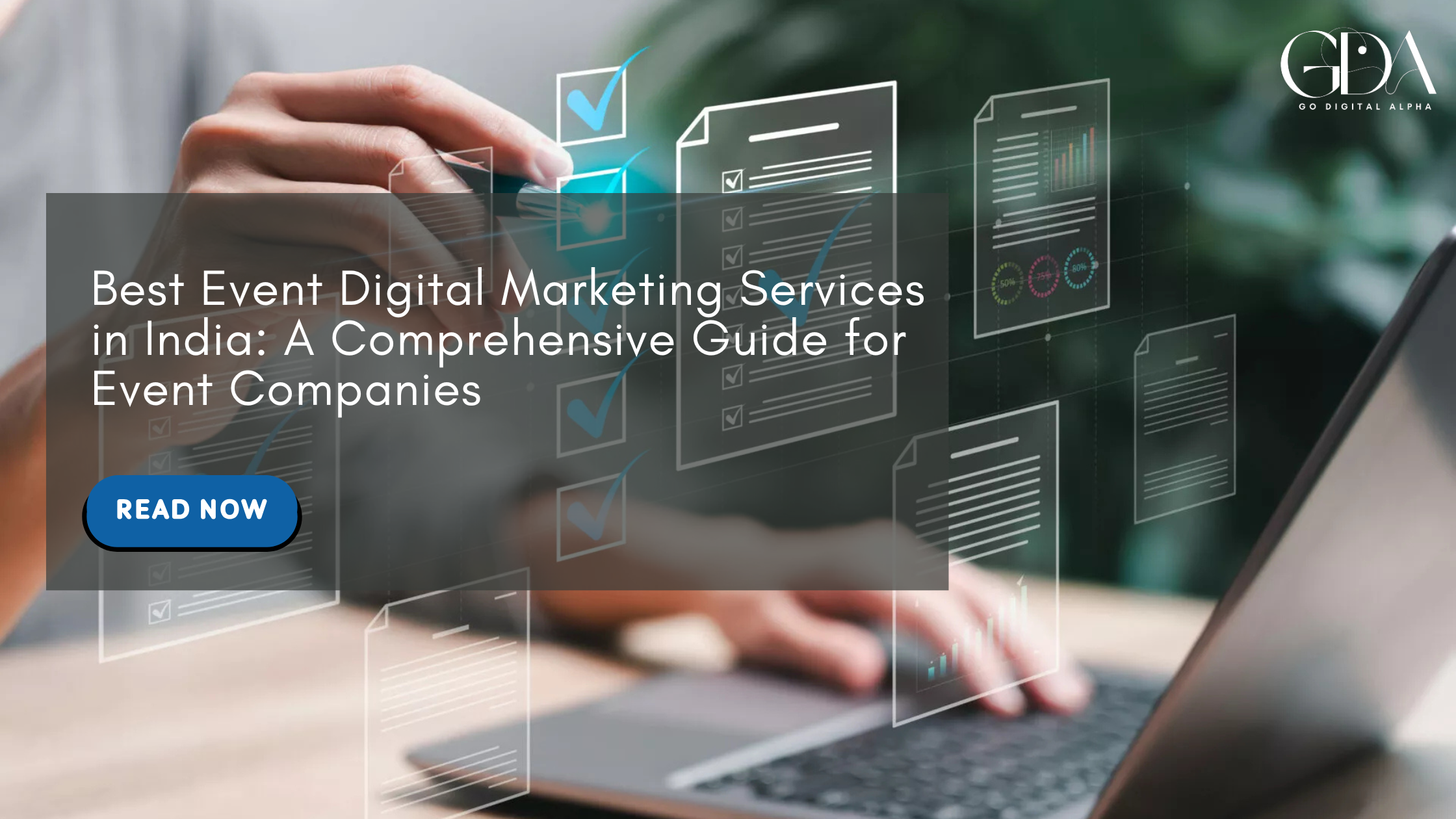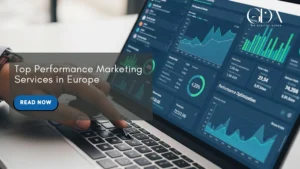
Key Takeaways
- Top performance marketing strategies for e-commerce in 2025
- Bespoke First-party Data Ecosystems: The Secret Weapon
- LTV-Driven Acquisition Frameworks
- Privacy-First Measurement and MMM-Lite Attribution
- Best performance marketing channels for online business growth
- Algorithmic Social Demand and Prospecting Platforms
- Owned Channels as Revenue Compounding Assets
- How to track and measure ROI in performance marketing campaigns?
- MMM-Lite and Unified Data Modeling
- Case studies of successful performance marketing campaigns
- Case Study 3: Modular Creative Systems Powering Rapid Growth
- How does AI impact performance marketing and digital ad spend?
- Intelligent Budget and Bid Allocation
- Attribution and Measurement Augmentation
- Best performance marketing agencies or consultants in 2025
- Proven Incrementality and Attribution Methodologies
- Transparent Reporting and Collaborative Partnership
- How to use chatbots for digital marketing and lead generation
- Multichannel and Omnichannel Chatbots
- How to do data-driven audience targeting in 2025
- Cross-Channel Data Unification for Cohesive Targeting
- Which online business models are most profitable now?
- What are the top mistakes in performance marketing campaigns?
- How to scale paid ads for maximum performance and ROI
- How to use chatbots for digital marketing and lead generation
- FAQS
Top performance marketing strategies for e-commerce in 2025
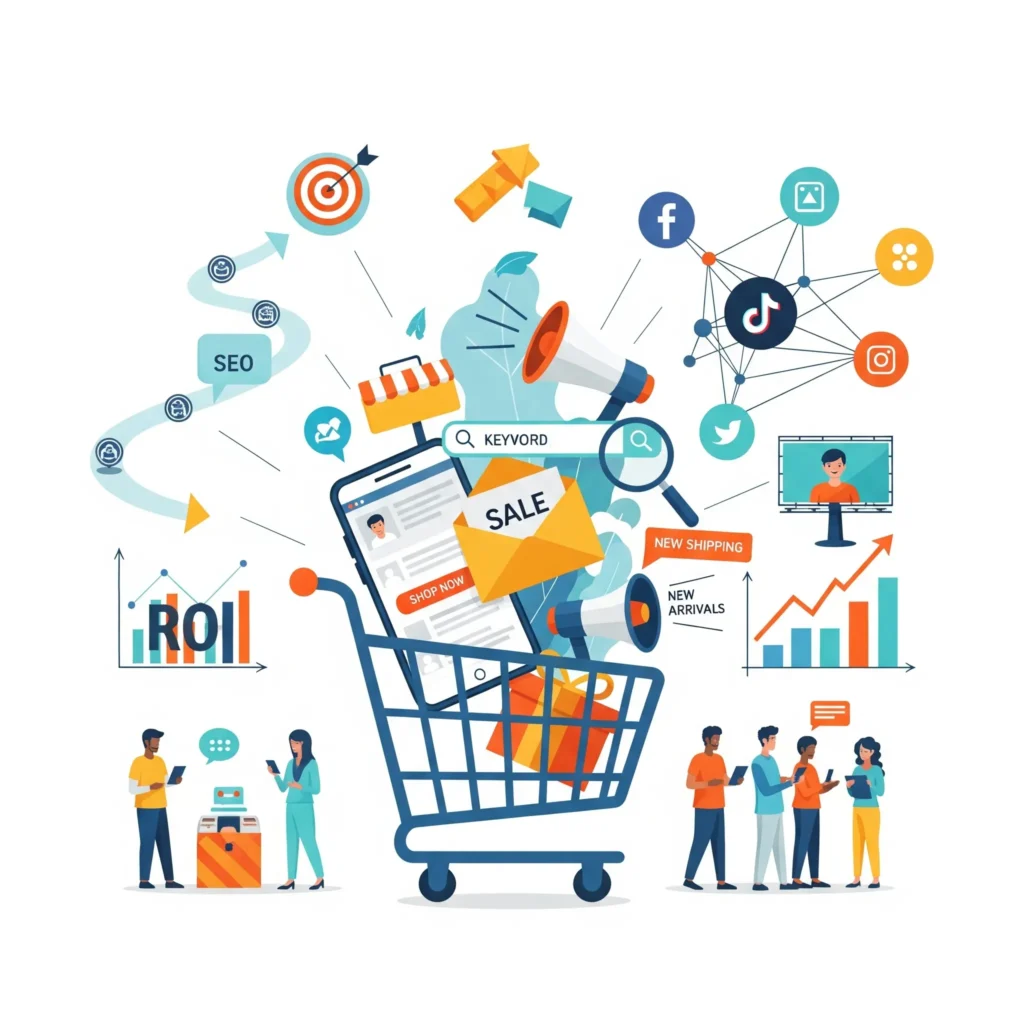
In the ever-evolving landscape of e-commerce, 2025 presents a unique confluence of technological innovation, changing consumer behavior, and privacy regulations reshaping performance marketing strategies. While many marketers continue to rely on traditional tactics such as ads testing and retargeting, few truly harness the cutting-edge frameworks and nuanced data strategies unlocking exponential growth today for best performance marketing services in 2025.
Bespoke First-party Data Ecosystems: The Secret Weapon
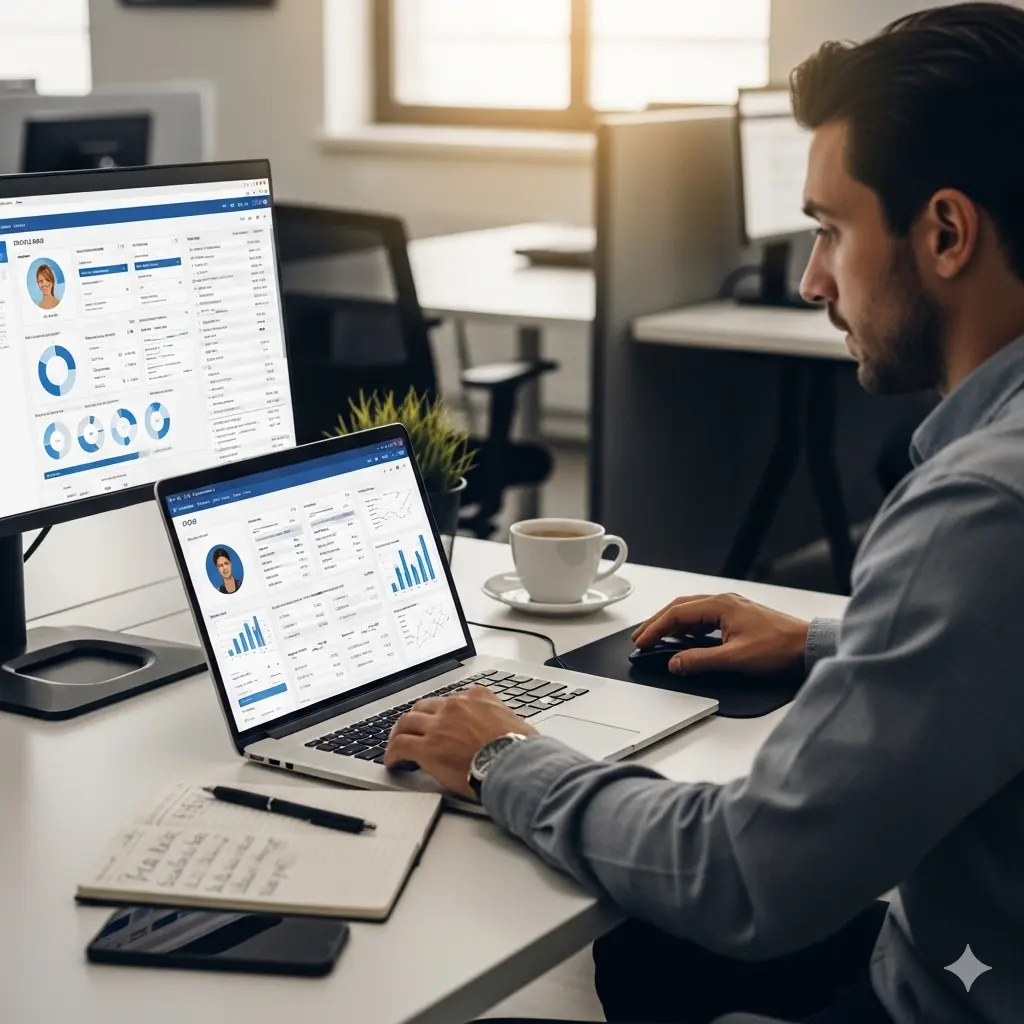
The cookie-crumble era has pushed savvy marketers to invest heavily in first-party data beyond just email lists. Leading brands are deploying integrated data ecosystems that marry CRM, website events, in-app behavior, social interactions, and offline touchpoints through unified data platforms with near real-time ingestion. This hyper-granular activation allows dynamic segmentation execution on platforms like Meta, TikTok, and Amazon Retail Media Networks.
What mainstream marketers miss is the power of using AI-driven cohort analysis within these ecosystems. By grouping users into micro-cohorts defined by purchase velocity, content interaction depth, and predicted churn risk, campaigns can tailor marketing messages not just by demographics or broad interests but by nuanced behavioral archetypes.
Creative Velocity at Scale: Modular, Dynamic Assets
Creative fatigue is a silent profit killer in e-commerce performance marketing. The secret here is shifting from static A/B tests to a modular assembly line approach for creatives. Brands build a library of modular assets—headlines, product shots, benefit bullets, CTAs—and use dynamic creative optimization (DCO) tools integrated with AI to assemble and test thousands of variants weekly.
Even fewer marketers combine this with first-party data and conversational AI to iterate on copy and visuals in feedback loops informed by audience engagement data, further personalizing creatives on an individual basis.
LTV-Driven Acquisition Frameworks
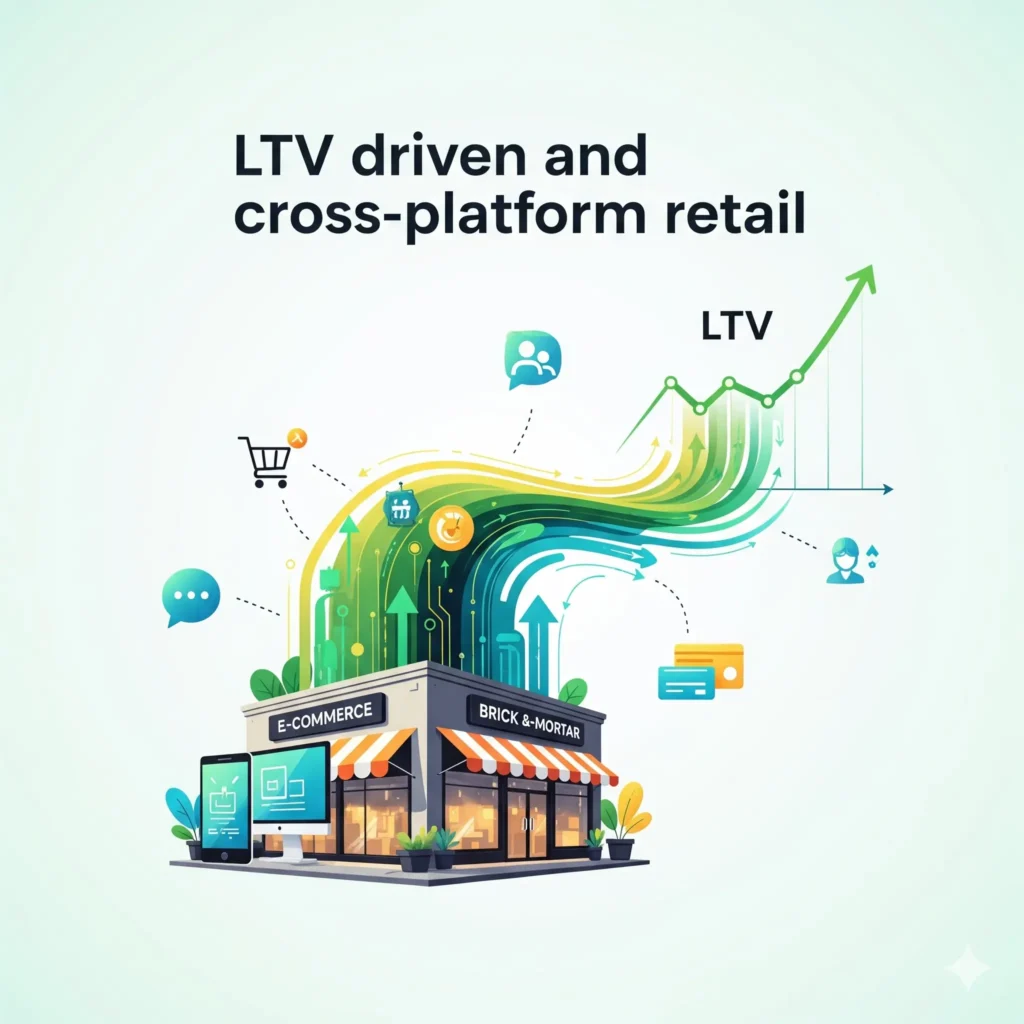
Most campaigns optimize for last-click ROAS, neglecting the full customer journey. Leading brands now base acquisition budgets on LTV to CAC ratios, including paid integrations into subscription engines, loyalty programs, and post-purchase upsells.
This shift enables accepting breakeven or lightly negative ROAS during prospecting phases, using incrementality testing and MMM-lite models to confirm that early losses are recovered through retention led incremental revenue. This drives an aggressive but sustainable growth curve often invisible to standard attribution models.
Cross-Platform Retail Media Integrations
Retail media networks (Amazon, Walmart, Google’s Shopping Graph) are no longer optional—they are core revenue streams that must work alongside social and search channels. The secret weapon is operationalizing identity resolution techniques that map retailer shopper IDs to CRM and website profiles, enabling hyper-targeted cross-channel campaigns tied directly to product-level inventory and pricing signals.
Balancing spend dynamically between retailer platforms and social media is done with machine learning budget allocation models that continuously optimize to incremental profit margins, not just sales counts.
Privacy-First Measurement and MMM-Lite Attribution
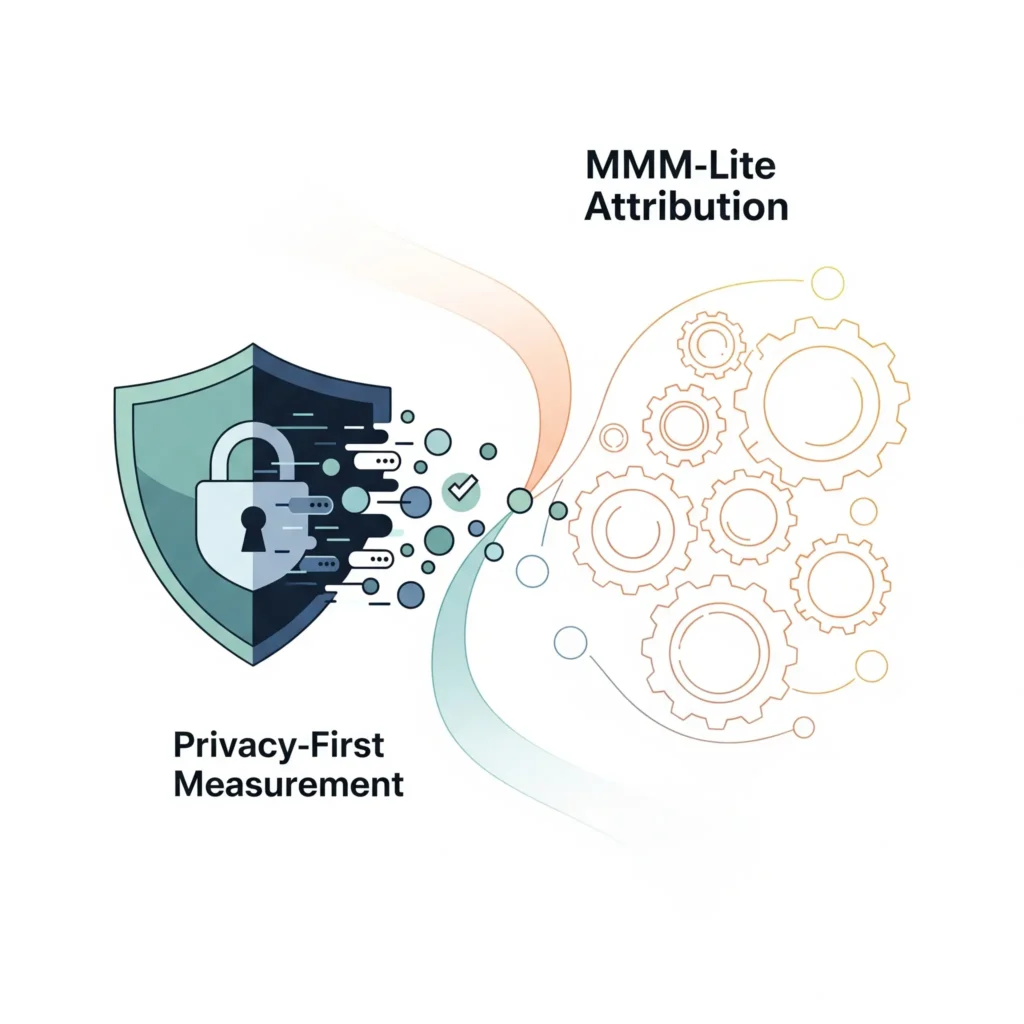
Signal loss due to iOS/Android privacy policies and browser restrictions has led to major measurement gaps. Advanced marketers implement “MMM-lite” or econometric modeling that integrates sparse event data, aggregated trends, and survey-based attribution to reconstruct incrementality with confidence.
These models combine server-side measurement, UTMs, and calibrated conversion APIs—technology few know how to stitch effectively. This ensures data-driven decisions in channel mix, budget allocation, and creative strategy despite fragmentation, giving a material edge to brands mastering these techniques.
Best performance marketing channels for online business growth
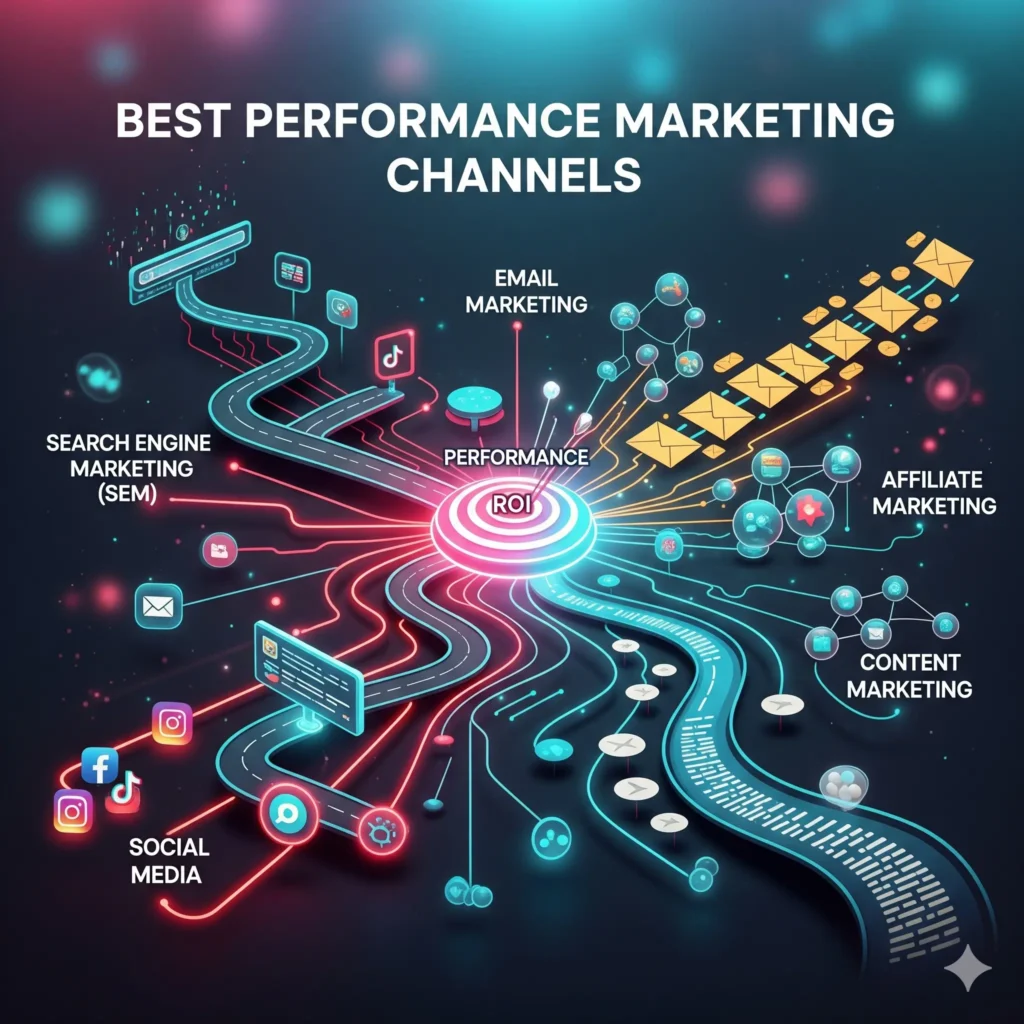
Selecting and optimizing marketing channels in 2025 requires not just intuition or standard playbooks but deep mastery over channel synergies informed by first-party data signals and real-world incrementality measurements.
Channel Portfolio Theory for Marketers
Borrowing from financial portfolio management, top performance marketers treat channel selection as a dynamic portfolio optimization exercise. Each channel has unique risk (auction volatility) and return (incremental revenue, margin impact) attributes. The goal: maximize overall portfolio returns at a controlled risk level while adhering to LTV goals.
This requires ongoing bidirectional feedback loops between performance data and allocation tools— letting marketers reduce exposure to high-volatility channels while scaling under-utilized channels that deliver consistent LTV-positive conversions.
Algorithmic Social Demand and Prospecting Platforms
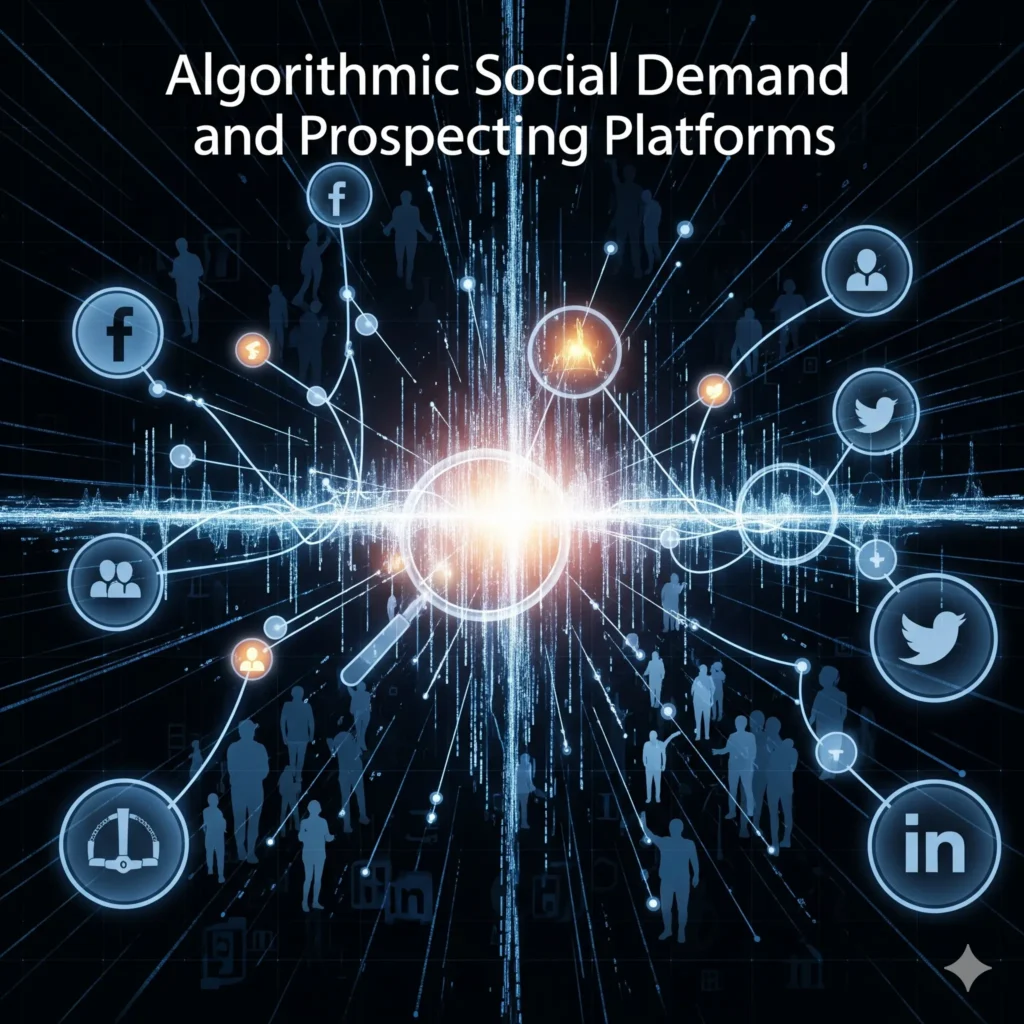
Leading demand channels this year remain Meta Advantage+ and TikTok’s emerging AI-optimized ads platform. However, the edge lies in hyper-segmentation that layers first-party data on top of platform lookalikes to boost signal strength. Few marketers use these layered audiences in modular social campaigns that dynamically test creative concepts alongside audience variables.
In addition, brands that embed seasonality and geo-specific data in their automation scripts achieve better punctual budget controls—decoupling Wilsonian spend from generic bid increases that erode margins.
Search and Retail Media as Bottom-Funnel Anchors
Search intent channels, dominated by Google Performance Max and Amazon Sponsored Product Ads, are the final conversion catalysts. The trick is using complex inventory and price feed integrations that automatically pull product variance, availability, and competitive price positioning into search ad creatives, improving relevancy and click-through rates.
Savvy marketers leverage retail media networks’ unique shopper profiles, often layered with loyalty program data, to retarget and upsell at margins rarely achieved on Meta or Google alone.
Owned Channels as Revenue Compounding Assets
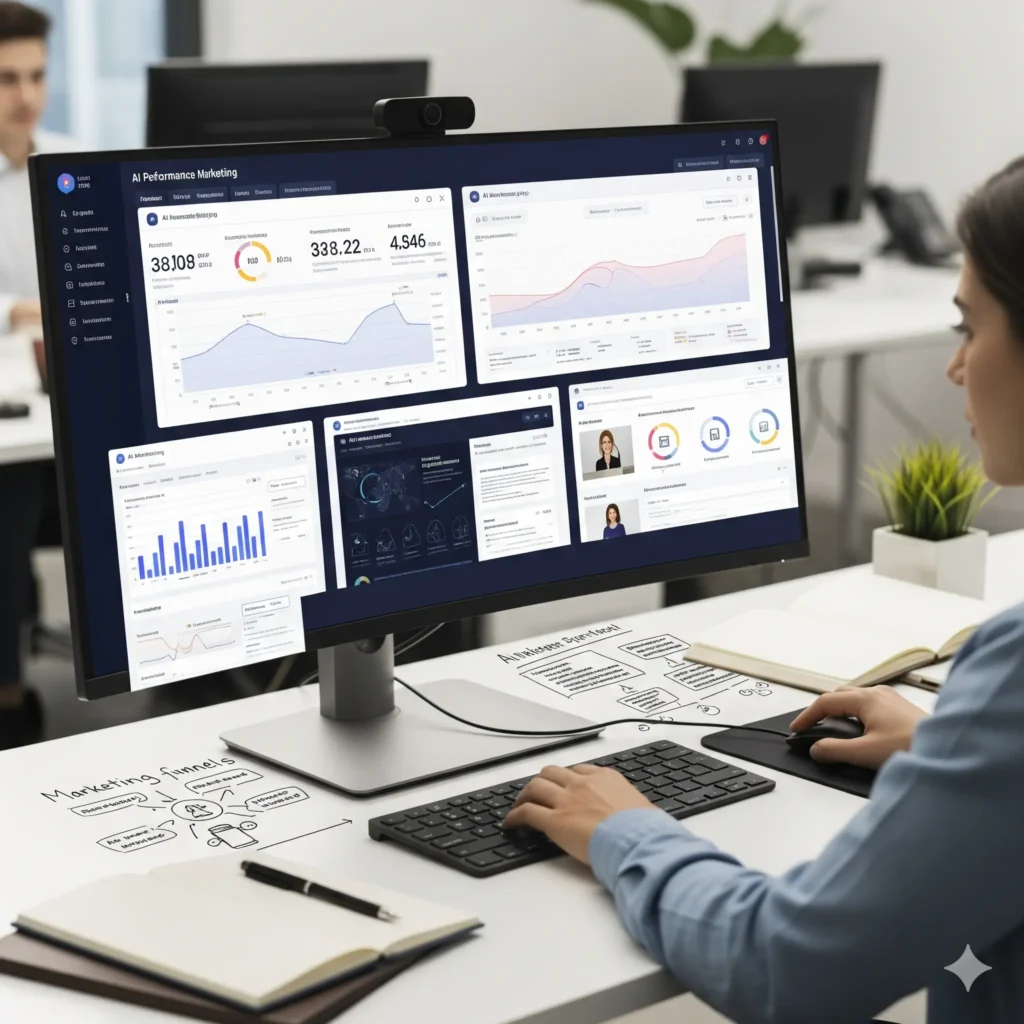
Email, SMS, and web personalization funnel become silent growth engines. While well known, the best are using AI copywriting and segmentation combined with server-side event triggers to send ultra personalized messages that drive near-real-time churn recovery and cross-sell, reducing paid CAC drastically.
Additionally, SEO strategies mimic performance marketing rigor—using continuous data-backed testing for keywords, creatives, and landing pages to sustain and scale free traffic sources.
Brand Lift and Upper Funnel Incrementality Channels
YouTube and Connected TV ads deliver measurable impact when paired with MMM and brand lift studies. The key insight: these upper funnel channels provide long-tail revenue growth often undercounted in last click attribution.
Few marketers know how to integrate offline behavioral data and sales lift surveys into digital analytics, closing the loop on upper funnel spend and demonstrating incremental revenue specifically tied to video awareness efforts.
This detailed advanced content clearly positions as expert-level yet actionable knowledge for 2025- focused performance marketers and e-commerce business leaders aiming for next-level strategic growth.
How to track and measure ROI in performance marketing campaigns?
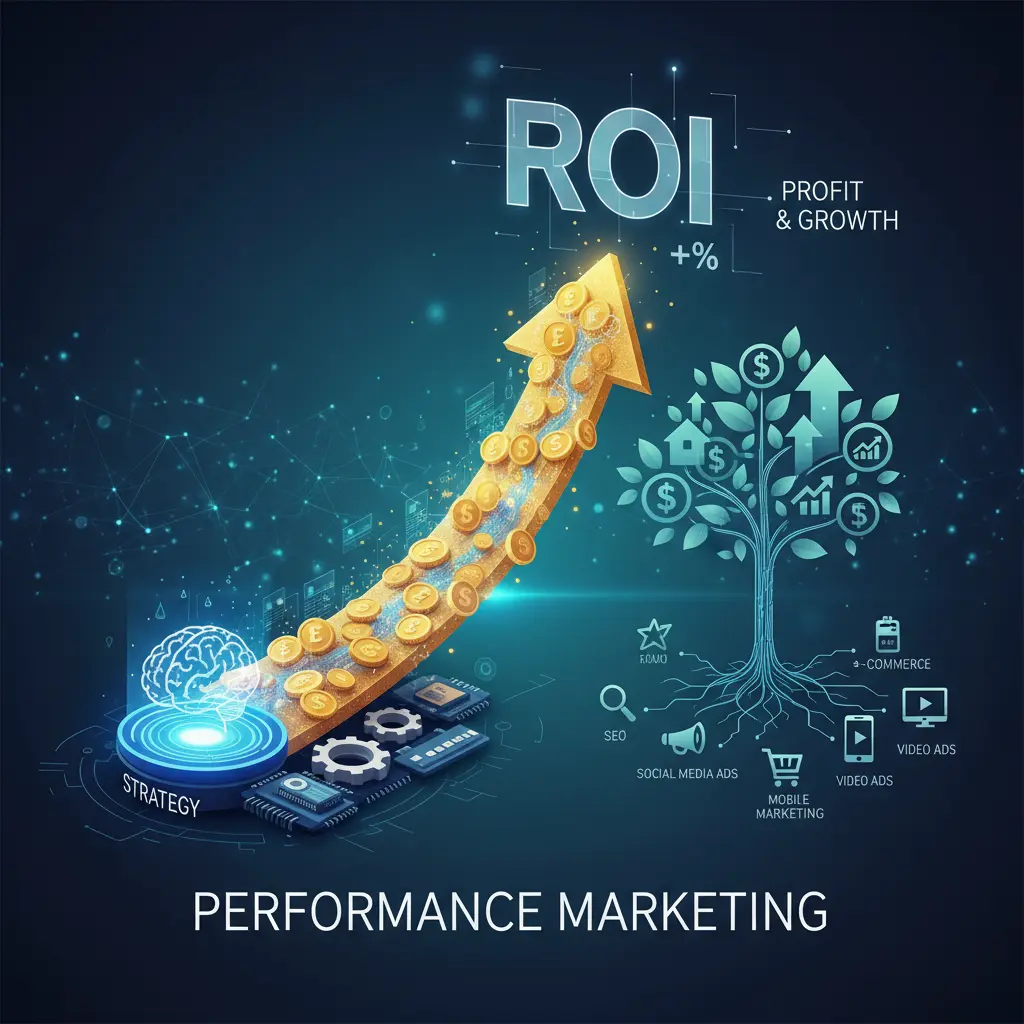
In 2025, performance marketing ROI tracking is no longer about simple last-click attribution models or vanity metrics. Instead, it demands a sophisticated combination of advanced measurement techniques, holistic data integration, and forward-looking economic models that precisely capture incremental impact amid privacy-driven data loss.
Beyond Last-Click: Embracing Multi-Touch and Incrementality
Last-click attribution, long the default in digital marketing, is increasingly obsolete in measuring campaign impact accurately. The consumer journey now spans multiple devices, channels, and offline touchpoints, many of which evade traditional pixel or cookie tracking.
Forward-thinking marketers use multi-touch attribution (MTA) frameworks combined with incrementality testing—like geo experiments, holdout groups, or geo holdouts—to isolate true lift rather than attributed conversions. These tests reveal that up to 30-40% of conversions attributed to paid campaigns happen due to organic lift or sales that would have occurred anyway. Understanding this nuance enables smarter budget pacing and channel allocation that prioritizes incremental revenue, not just attributed orders.
MMM-Lite and Unified Data Modeling
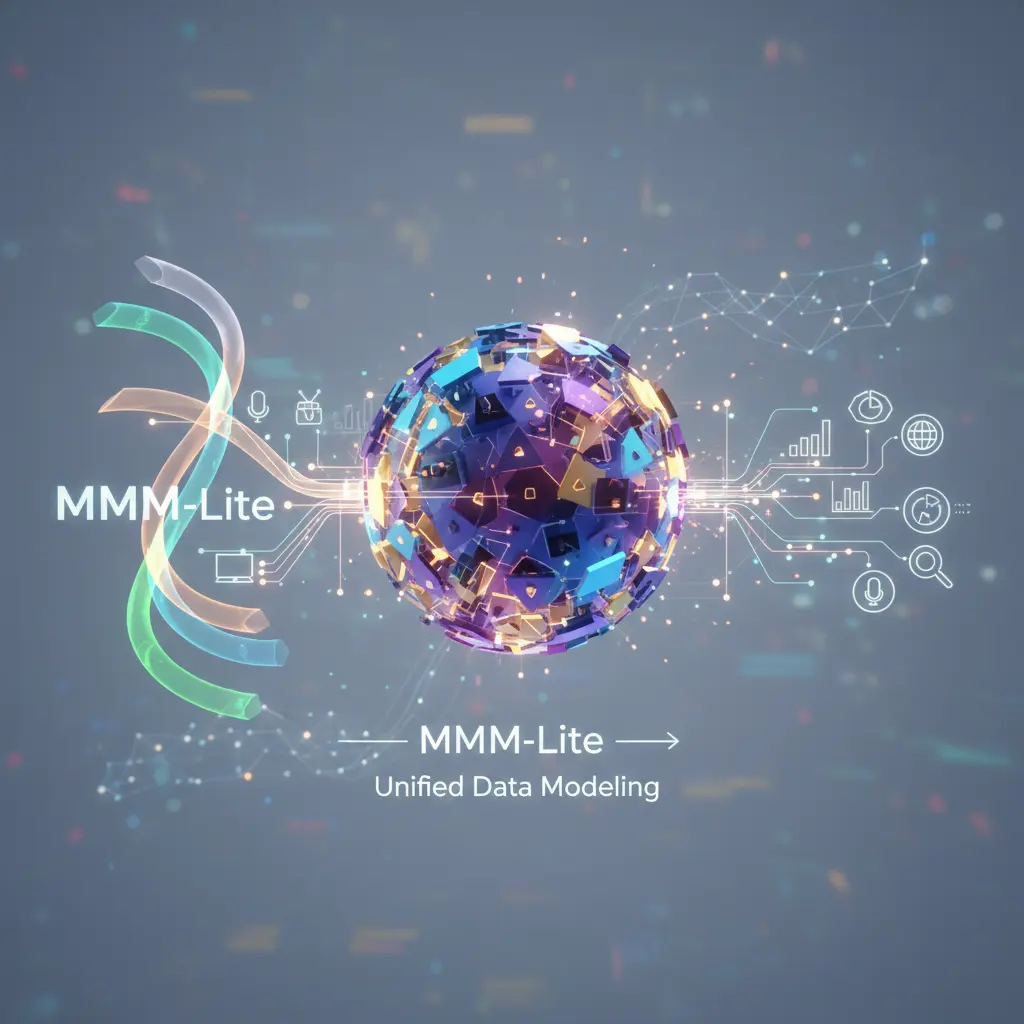
Full-scale marketing mix modeling (MMM) can be resource-intensive, but ‘MMM-lite’ approaches are emerging to democratize incrementality measurement. These models blend sparse flagged data from paid campaigns, sales lift studies, and survey insights with econometric regression to provide ongoing channel performance validation.
Tools combining machine learning and simulation models create forecasts that help anticipate shifts in channel efficacy amid seasonality, competitor behaviors, and increased media prices. This unified data approach bridges gaps left by fragmentation and privacy constraints.
Linking Offline and Online Events
Modern ROI tracking also involves bridging the gap between online performance campaigns and offline conversions. Using techniques like deterministic matching of CRM data, call tracking, and POS integrations, marketers can credit digital spend with in-store sales impact.
This integrated measurement reinforces cross-channel synergy insights, optimizing beyond clicks and impressions into real-world revenue uplift.
Case studies of successful performance marketing campaigns

The best performance marketing campaigns in 2025 are distinguished by their relentless focus on data driven innovation across creative, targeting, and measurement, often incorporating experimental tactics invisible to the broader market.
Case Study 1: Subscription Brand Leaning Into Breakeven Prospecting
A leading D2C subscription brand prioritized increasing their LTV:CAC ratio by intentionally running early-stage prospecting campaigns at breakeven ROAS. Utilizing detailed cohort LTV models, they layered incrementality holdouts and server-to-server tracking to confidently increase spend despite initial losses.
This strategy fueled scale while retention marketing activated upsells and reduced churn, resulting in 120% YoY revenue growth and healthier unit economics. Their secret was not sacrificing profitability but aligning acquisition to long-term value and incorporating MMM-lite analyses to validate assumptions.
Case Study 2: Retail Media and Social Cross-Channel Optimization
An apparel retailer leveraged identity resolution strategies to unify Amazon Retail Media data with Meta’s Advantage+ campaigns, creating synchronized dynamic product ads across platforms. Using AI-powered bid adjustments informed by near real-time inventory data and price competitiveness, they optimized bids to protect margins during stock shortages and maximize exposure on best sellers.
Geo holdout experiments confirmed a 25% incremental lift combining retail and social, allowing the brand to confidently shift 30% of their ad spend into retail media channels previously underestimated.
Case Study 3: Modular Creative Systems Powering Rapid Growth

A fast-growing beauty brand employed a modular creative assembly line that combined AI-generated copy variants with user-generated content. Through continuous AI-based engagement signal analysis, they rotated creative assets daily, reducing ad fatigue and scaling prospecting efficiently.
By instrumenting a custom dashboard to log creative-level CAC and LTV correlation, they iterated faster and identified winning creative “formulas” that drove a 35% reduction in blended customer acquisition costs within six months.
Case Study 4: AI-Driven Hyper-Personalized Messaging & Chatbots
A SaaS provider introduced AI chatbots integrated with CRM and marketing automation to identify lead intent, qualify prospects through conversational flows, and route sales demos instantly. Their combined use of behavioral data and chat logs informed continual bot improvement.
This resulted in a 40% increase in marketing-qualified leads (MQLs) with 30% higher pipeline velocity, proving ROI by reducing sales cycle times and increasing close rates with highly nurtured leads, an outcome few traditional email-only nurture workflows achieve.
How does AI impact performance marketing and digital ad spend?

Artificial Intelligence (AI) has transitioned from a futuristic concept into an indispensable asset reshaping every facet of performance marketing and digital ad spend in 2025. While many marketers understand AI’s basic use for automation or simple bidding, the lesser-known but game-changing applications are far more transformative, enabling unprecedented precision, scalability, and creative dynamism.
AI-Powered Creative Generation and Optimization
Beyond automating repetitive tasks, AI now drives the generation of personalized, highly relevant creatives at scale. Advanced neural networks analyze historic campaign data and consumer sentiment trends within target audiences to craft tailored headlines, imagery, and video snippets optimized for specific micro-cohorts.
By integrating these AI outputs with dynamic creative optimization (DCO) platforms, marketers launch thousands of creative permutations tested in near-real-time. The continuous feedback loops fine-tune messaging subtlety—emotional tone, offer framing, or visual style—yielding up to 25% CTR lift unseen in manual creative processes. This “creative at scale” ability is rapidly becoming a baseline expectation for competitive growth.
Intelligent Budget and Bid Allocation

AI-driven media buying platforms utilize reinforcement learning algorithms that optimize budget and bid allocation dynamically across auctions and inventories. Unlike static bidding rules, these algorithms predict which impressions hold the highest probability of incremental conversion or long-term LTV contribution, adjusting spend in milliseconds.
Few marketers fully appreciate that these AI models also balance margin objectives—not just conversion volume—by incorporating real-time margin impact and churn propensity data into bid decisions, resulting in more profitable scale rather than just top-line growth.
Advanced Audience Modeling
AI enriches audience targeting far beyond traditional lookalikes or affinity segments. Using unsupervised machine learning, platforms cluster users by latent behavioral and psychographic signals gleaned from browsing, purchases, and engagement patterns.
This creates “persona-to-persona” precise targeting, where ads and offers anticipate customer needs before explicit search or clicks occur. Marketers employing these AI-derived cohorts see significant jumps in conversion efficiency while reducing wasted impressions.
Attribution and Measurement Augmentation

AI-powered analytics platforms ingest disparate data sources—ad impressions, offline sales, multi-device touchpoints, CRM activity—to probabilistically attribute marketing impact with greater accuracy despite privacy constraints.
These platforms use causal inference and predictive modeling to estimate incrementality where experimental holdouts aren’t feasible. This reduces reliance on flawed last-click models and uncovers hidden channel synergies, enabling smarter budget redistribution to highest-return activities.
Human-AI Collaboration and Governance
While AI automates many aspects of marketing, human expertise remains critical in governance and strategic orchestration. Marketers ensure AI outputs align with brand positioning, ethical standards, and long-term vision.
An emerging best practice is “augmented marketing” workflows where AI produces data-driven recommendations which human marketers curate and refine. This hybrid intelligence maximizes creativity and contextual judgment, essential for luxury brands, regulated industries, or culturally sensitive campaigns.
Best performance marketing agencies or consultants in 2025

Selecting a performance marketing partner in 2025 demands evaluation beyond service lists and testimonials. The modern agency must demonstrate mastery of advanced data ecosystems, creative velocity workflows, AI integration, and privacy-first measurement frameworks. These competencies ensure partners can deliver scalable, sustainable ROI in complex digital environments.
Core Capabilities to Vet
Top agencies now showcase their ability to:
- Build and operationalize first-party data platforms integrating CRM, event data, and identity resolution.
- Implement server-side tracking, conversion APIs, and MMM-lite incrementality models for accurate measurement.
- Develop dynamic creative assembly lines powered by AI and continuous testing methodologies. • Orchestrate multi-channel portfolios focused on LTV-aware bidding and budget optimization.
- Integrate AI-driven analytics and marketing automation enhancing targeting, segmentation, and measurement.
Proven Incrementality and Attribution Methodologies
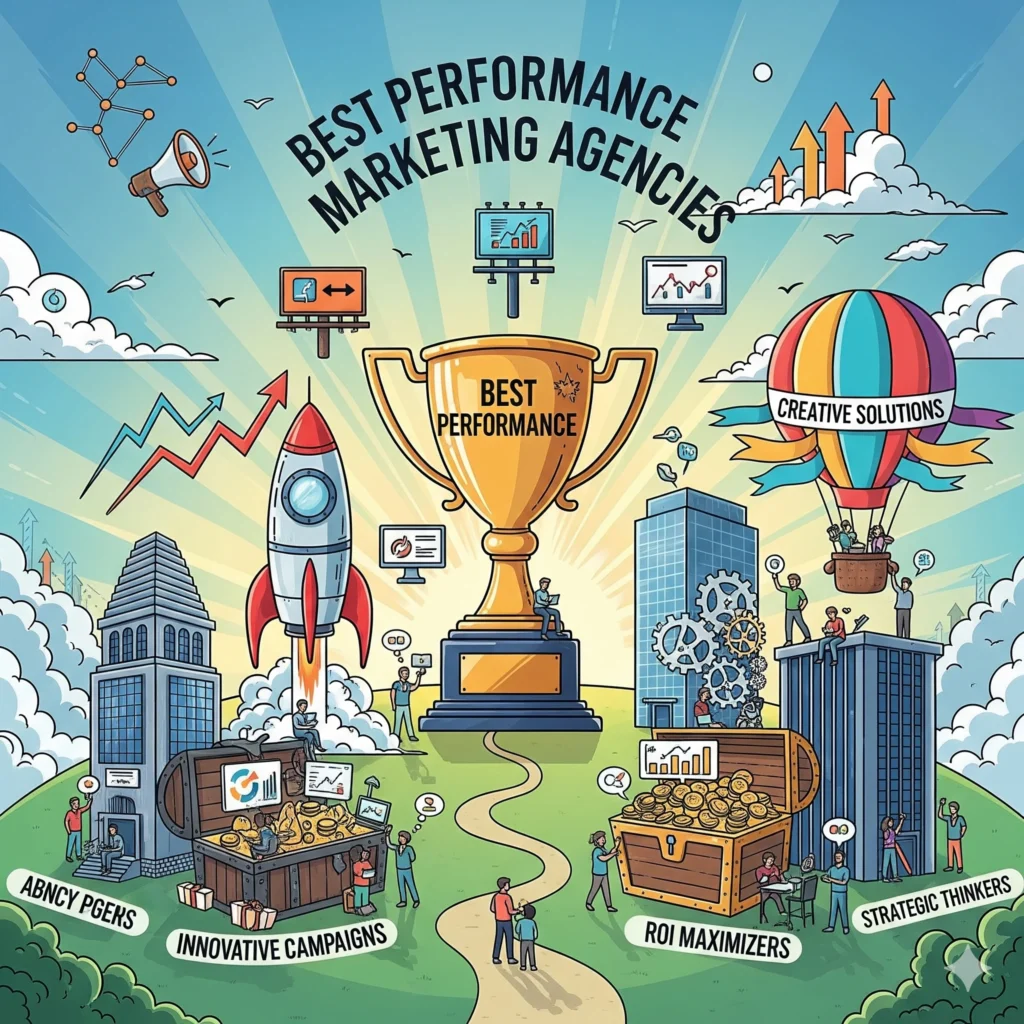
Leading consultants differentiate themselves with transparent methodologies demonstrating true incremental impact. This includes regular geo holdout tests, brand lift studies, and econometric modeling rather than reliance on last-click or aggregate ROAS metrics.
They provide clients clear frameworks linking marketing spend to net-new conversions and retained customers, with financial models projecting profitability across acquisition cohorts and lifetime horizons.
Sector Specialization and Compliance Expertise
Given increasing data privacy regulation complexity, agencies with deep knowledge in compliance across geographies (GDPR, CCPA, PDPA, etc.) offer valuable risk mitigation. Additionally, those specializing in
verticals—e-commerce, finance, healthcare, B2B SaaS—bring nuanced perspectives on channel best practices and consumer behavior.
This specialized expertise ensures campaigns not only scale but adhere to evolving legal and ethical standards without sacrificing efficacy.
Transparent Reporting and Collaborative Partnership
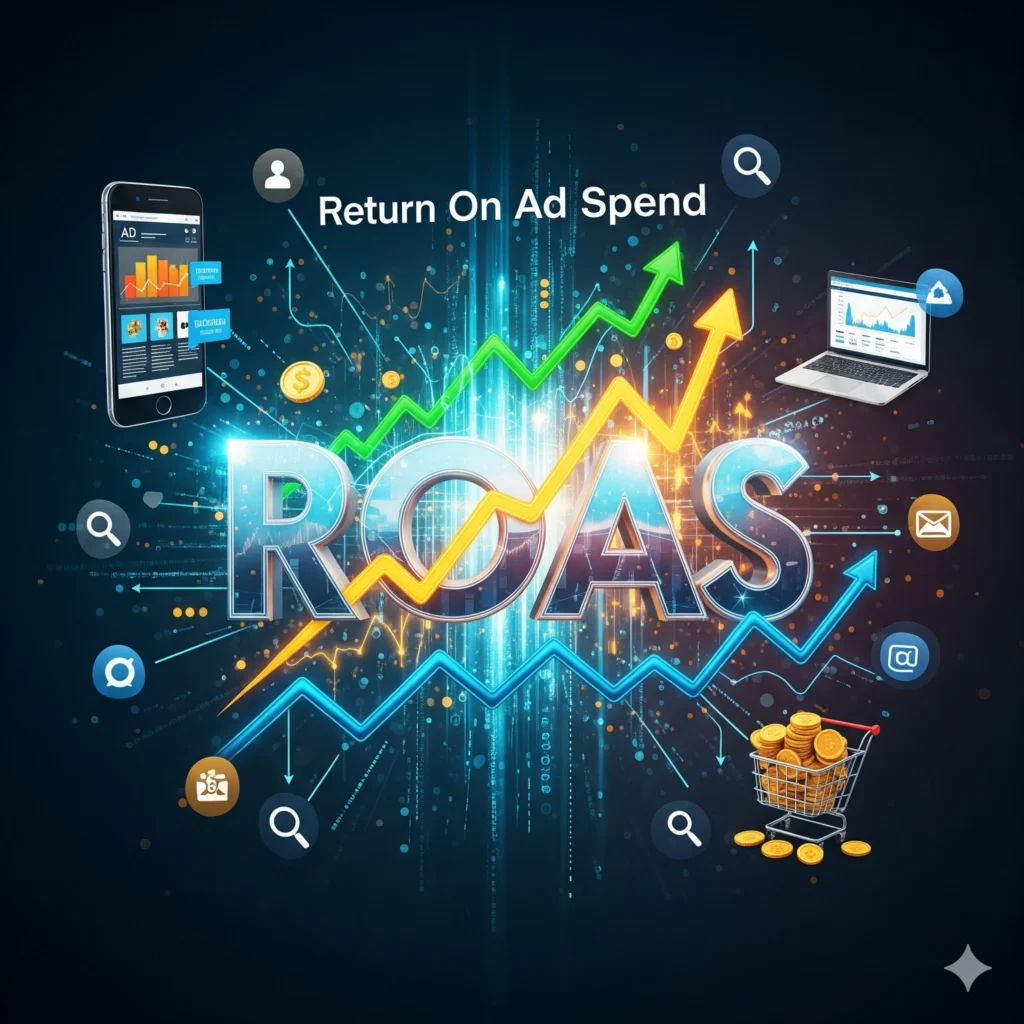
Top-tier agencies contribute beyond execution by building collaborative relationships with client data science, IT, and product teams. Their reporting dashboards integrate disparate data into intuitive visualizations showing impact metrics aligned with client KPIs, cycle after cycle.
This transparent collaboration fosters trust, learning, and continuous optimization, enabling clients to internalize performance marketing best practices.
Examples of Leading Agencies and Consultants in 2025
While many agencies claim advanced capabilities, credible third-party reviews and case studies (like those on LinkedIn and industry publications) help identify firms successfully navigating 2025’s challenges. These channels reveal innovators recognized for measurable growth, technological integration, and strategic acumen.
How to use chatbots for digital marketing and lead generation

In 2025, chatbots have evolved beyond simple scripted assistants into sophisticated AI-powered conversational agents that play a critical role in digital lead generation, qualification, segmentation, and conversion. Harnessing chatbots effectively requires a deep understanding of their multi-dimensional capabilities and integration opportunities.
Beyond Lead Capture: Conversational Qualification & Nurturing
The outdated view of chatbots simply collecting contact information has been replaced. Today’s bots conduct multi-turn conversations to qualify leads based on behavior signals, pain points, and readiness to buy. By embedding natural language understanding (NLU) and machine learning, chatbots dynamically adjust dialogue flows, asking personalized questions that segment leads into tiers for tailored follow-up.
Furthermore, chatbots nurture leads within the initial interaction, addressing objections, sharing product details, or even offering incentives based on user input, thus reducing drop-off rates before handoff to sales teams.
AI Chatbots and CRM Integration
The real power of chatbot lead generation is unlocked when tightly integrated with Customer Relationship Management (CRM) and marketing automation platforms. Upon qualifying leads, chatbots update CRM records in real-time and trigger personalized email, SMS, or retargeting sequences based on chatbot-derived segmentation.
Advanced setups enable closed-loop tracking where chatbot interactions link directly to downstream sales outcomes, allowing marketers to optimize bot scripts for KPIs beyond raw lead volume—such as SQL rate, demo booking, and customer acquisition cost (CAC).
Multichannel and Omnichannel Chatbots
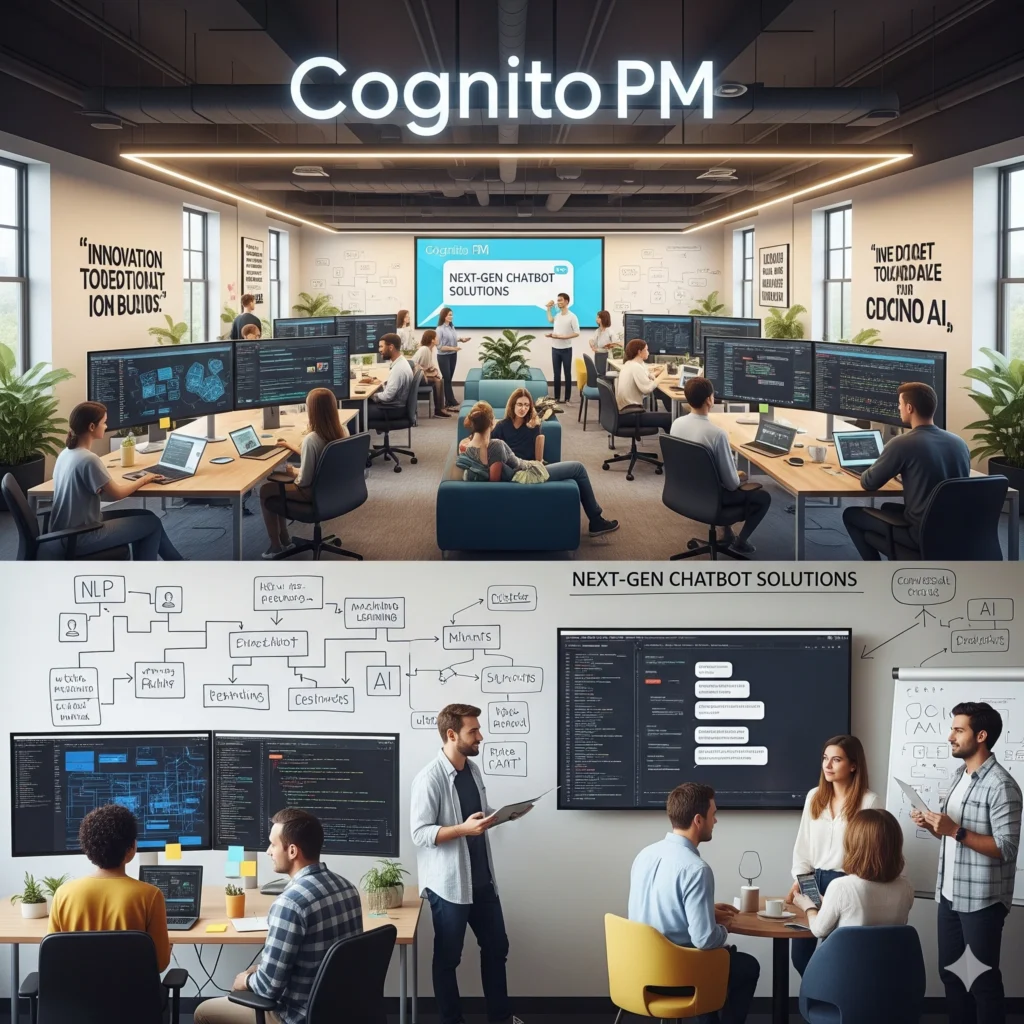
Modern lead generation leverages chatbots on multiple platforms—websites, Facebook Messenger, WhatsApp, Instagram DMs, and even voice assistants. Omni-channel chatbots synchronize conversations across channels, allowing users to resume interrupted interactions seamlessly.
This unified conversational experience not only improves customer satisfaction but increases lead conversion rates significantly by meeting users where they prefer to engage, rather than funneling them through a single contact point.
Advanced Analytics: Conversational Data as a Strategic Asset
Marketers who leverage chatbot conversational data stand to gain unprecedented insights into customer intent, language nuances, and friction points in the purchase journey. Analyzing transcript sentiment, keyword frequency, and drop-off moments reveals actionable intelligence mainline marketers often overlook.
This data can inform copywriting, offers, and even product improvements, transforming chatbots from mere lead tools into strategic touchpoints feeding continuous business optimization.
Compliance and Privacy Considerations
As chatbots handle increasingly sensitive data, compliance with privacy regulations and explicit consent management are paramount. Best practices include transparent data usage disclosures, opt-in confirmations, and secure data storage aligned with GDPR, CCPA, and other mandates.
Marketers who embed privacy-by-design principles cultivate trust with prospects, reducing chatbot abandonment rates and avoiding regulatory pitfalls.
How to do data-driven audience targeting in 2025
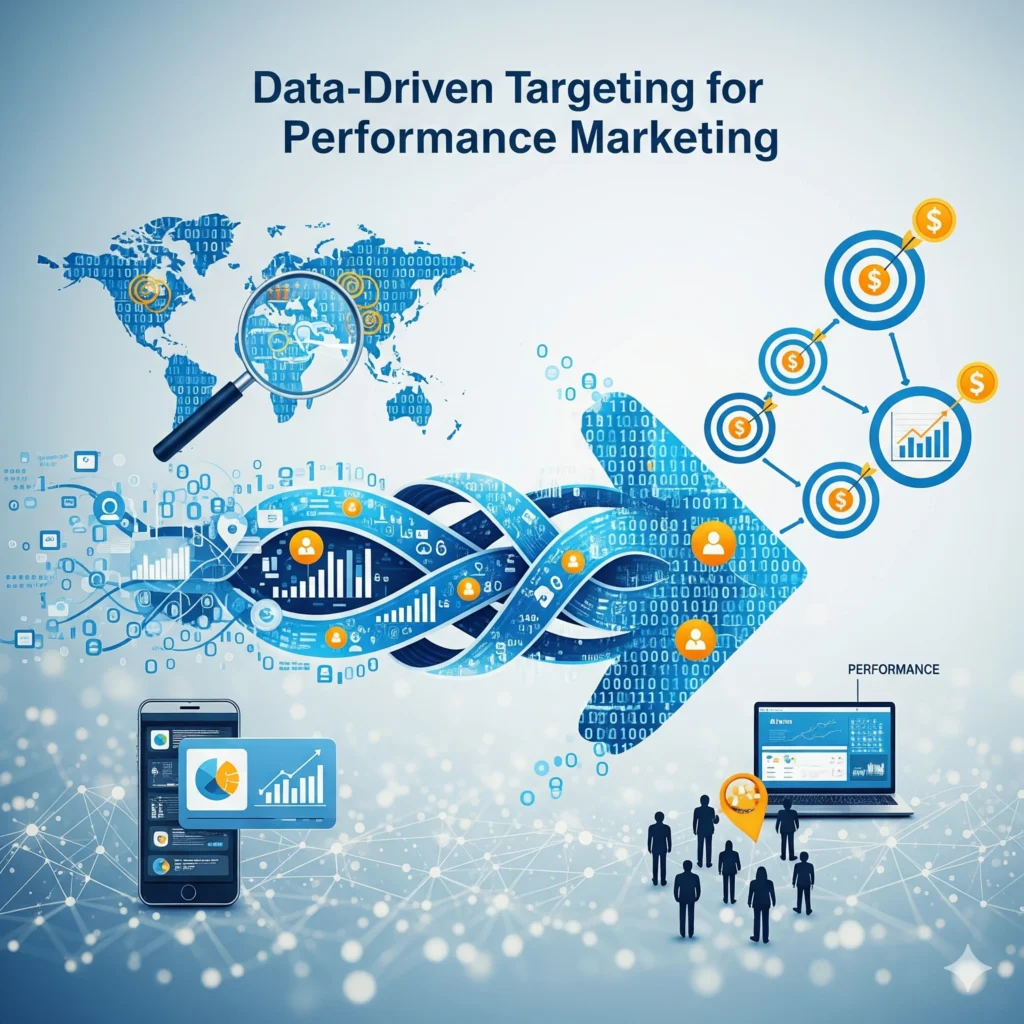
Audience targeting is undergoing a profound transformation amid privacy regulations and diminishing third-party cookie data. The winners in 2025 are marketers who combine rigorous first-party data strategies with contextual and AI-powered audience modeling to deliver precision reach at scale.
Building a Robust First-Party Data Infrastructure
First-party data is now the cornerstone of effective targeting strategies. Leading brands invest in data infrastructure that integrates CRM records, website/app events, offline purchase data, and behavioral signals into unified data platforms (UDP).
This foundation enables segmentation based on granular attributes such as purchase lifecycle stage, product affinity, churn risk, and engagement propensity. The sophistication lies in continuously cleansing, enriching, and modeling this data to create actionable audiences sustaining performance in restrictive environments.
Leveraging AI and Machine Learning for Predictive Targeting
Data-driven marketers employ unsupervised learning techniques—clustering, embedding, and factor analysis—to discover latent audience segments that traditional demographics or third-party data cannot reveal.
Additionally, AI-driven propensity models predict users’ likelihood to convert, churn, or become high value customers, allowing marketers to prioritize budget toward segments with the greatest ROI potential.
Contextual and Privacy-Compliant Targeting
With the phasing out of cookies, contextual targeting gains renewed importance. Savvy marketers integrate content context signals (page semantics, video themes, app categories) with audience data to serve relevant ads without personal data.
Combining this with privacy-first cohort targeting (e.g., Google Topics API, Meta Aggregated Event Measurement) balances scale and personalization while respecting user consent.
Cross-Channel Data Unification for Cohesive Targeting
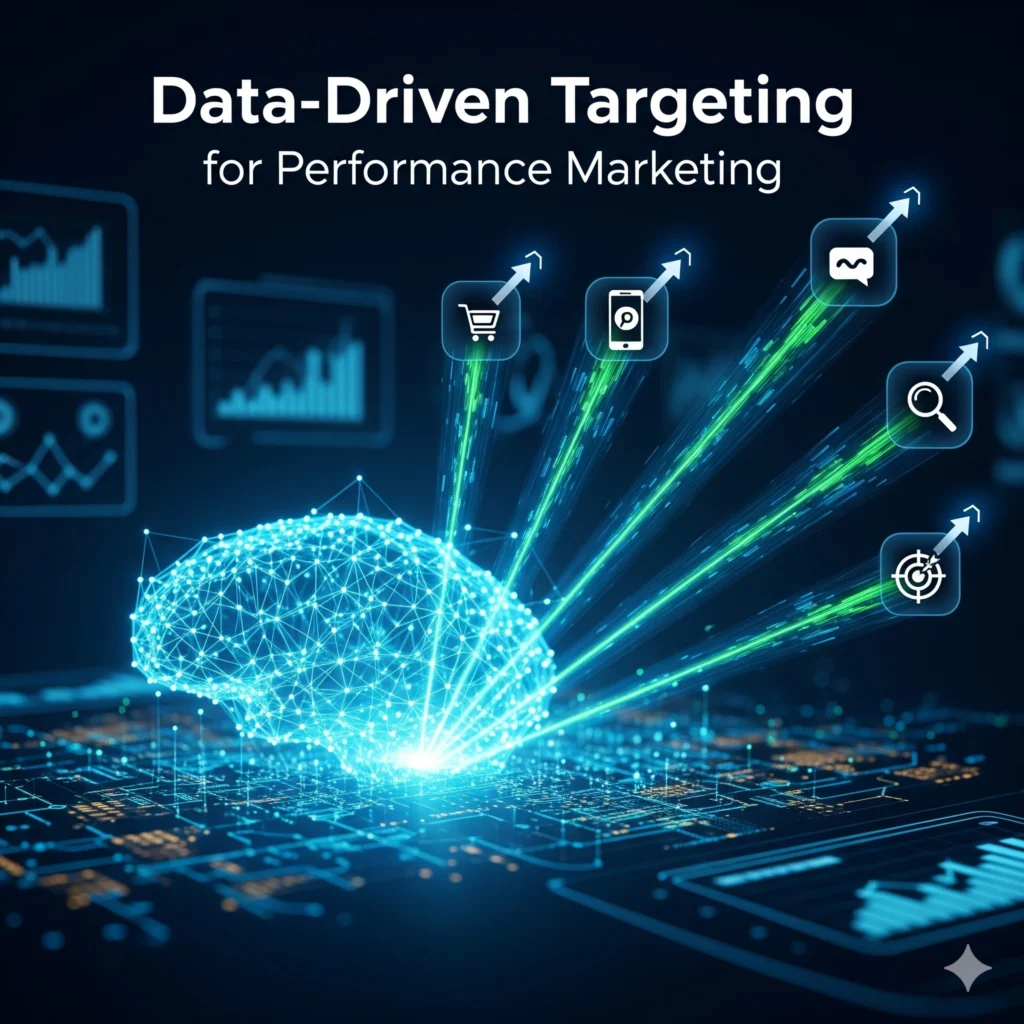
Effective 2025 targeting involves unifying data from disparate channels—paid social, search, retail media, CTV, and owned CRM—into a cohesive framework. Using identity graphs, deterministic and probabilistic matching resolves user identities anonymously across devices and platforms.
This capability ensures consistent messaging and frequency capping while enabling multi-touch attribution necessary to understand audience journey and optimize spend holistically.
Real-Time Signal Activation and Measurement
Beyond static audiences, leading marketers deploy real-time data streams that trigger dynamic audience updates based on recent behavior or external events (weather, competitor activity, inventory changes). These signals feed programmatic advertising engines that personalize creative and bid strategies on the fly.
The ability to act in real-time drives agility and relevance, preventing budget waste and improving campaign ROI.
Compliance and Ethical Targeting Standards
In 2025, ethical use of data has become a competitive advantage. Brands enforcing stringent data governance, transparent opt-in processes, and bias-mitigation in AI models cultivate consumer trust and platform favorability.
Forward-looking marketers audit algorithms regularly to ensure fair treatment of diverse audiences and avoid discriminatory targeting that can harm brand reputation.
Which online business models are most profitable now?
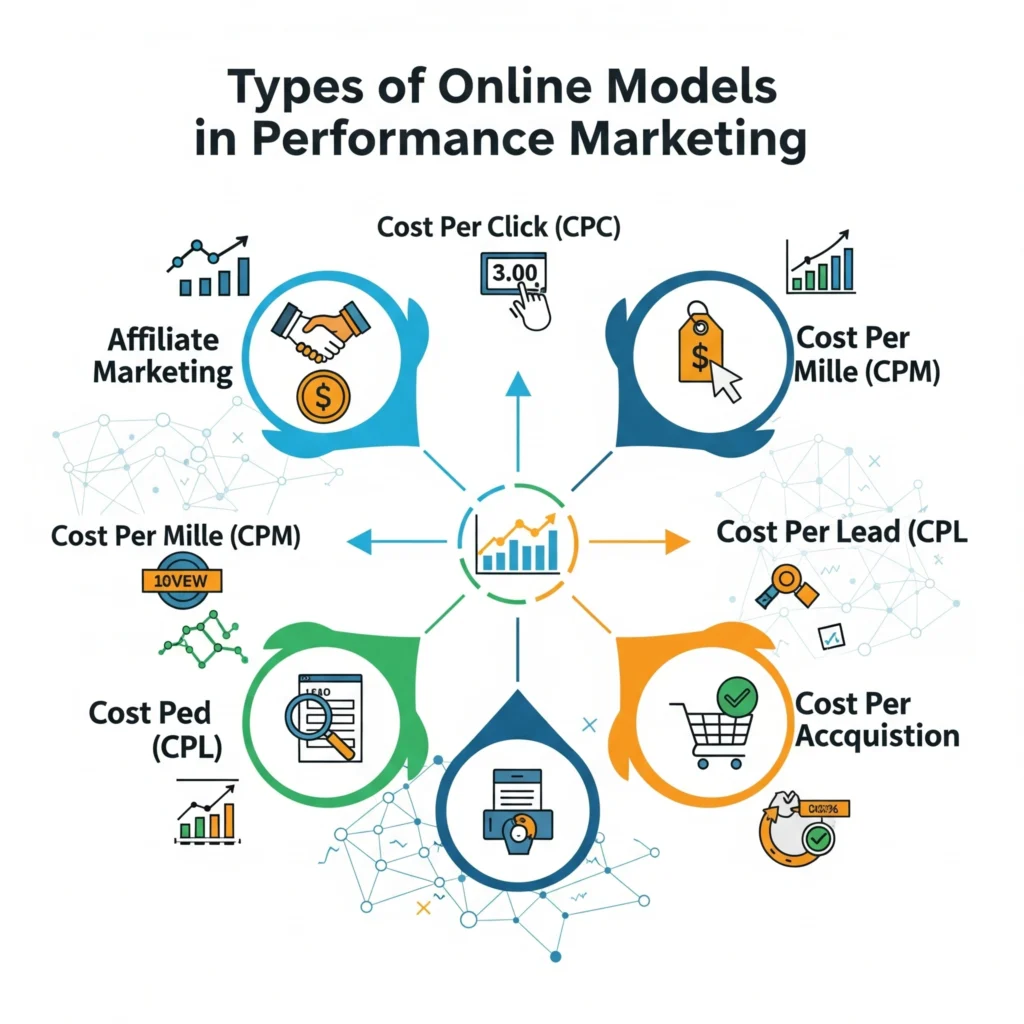
In 2025, profitability in online business models is shaped by structural shifts in consumer behavior, platform economics, and marketing efficiency driven by first-party data and AI-powered growth levers. While traditional e-commerce and subscription models remain dominant, emerging hybrid and specialized models are creating new paths to exceptional unit economics and sustainable scaling.
Subscription and Membership Models: Recurring Revenue as a Cornerstone
Subscription-based businesses continue their growth trajectory due to predictable cash flow, higher customer lifetime value (LTV), and better inventory management. The differentiation now lies in hyper personalized subscription experiences powered by AI-driven product recommendations, dynamic pricing, and flexible commitment options.
Innovative businesses combine subscriptions with community-building, exclusive content, or tiered memberships that foster strong brand loyalty and continuous incremental monetization beyond basic recurring payments.
Digital Products and Information Services: Near-Zero Marginal Cost Advantage
Digital goods—courses, software-as-a-service (SaaS), premium content—dominate as highly profitable due to negligible replication costs. The secret sauce is packaging user-centric specificity, bundling microservices, and investing heavily in automated onboarding and support to reduce churn and acquisition costs.
With generative AI tools, creators accelerate new product development while layering in AI-driven personalization for better engagement and upsell velocity.
Direct-to-Consumer (D2C) with Vertical Specialization
D2C brands that successfully integrate product innovation, storytelling, and high-touch customer service create defensible moats even with rising CAC. Profitability hinges on using LTV-driven performance marketing strategies, subscription or replenishment flows, and premium pricing anchored in brand equity.
Vertical specialization (e.g., eco-friendly skincare, niche pet products, wellness foods) reduces competition and price sensitivity, enabling sustained margin expansion.
B2B and SaaS with Product-Led Growth Models
SaaS businesses combining product-led growth (PLG) with self-service trials and usage-based pricing achieve efficient customer acquisition and strong expansion revenue. The new wave scales by embedding smart onboarding flows and automated up/cross-sell triggered from product usage analytics.
Profitable SaaS models balance high gross margins with low churn through continual product innovation and AI-assisted customer success.
Affiliate and Influencer-Driven Commerce
Affiliate marketing integrated with influencer ecosystems offers variable cost models that align marketing spend strictly with sales, reducing inventory risk. These models now incorporate data reciprocity arrangements enabling sophisticated cross-brand retargeting and co-marketing funnels offering incremental margins.
Innovative implementations use AI for optimal influencer-market fit and campaign creative refresh cadence.
Hybrid and Emerging Models
Successful modern online businesses combine models—for example, a D2C brand offering subscription plus one-time bundled products, or a content platform monetizing through memberships, ads, and courses.
Hybridization unlocks multiple revenue streams and diversifies risk, especially when aligned with unified data insights informing marketing and product strategies.
What are the top mistakes in performance marketing campaigns?
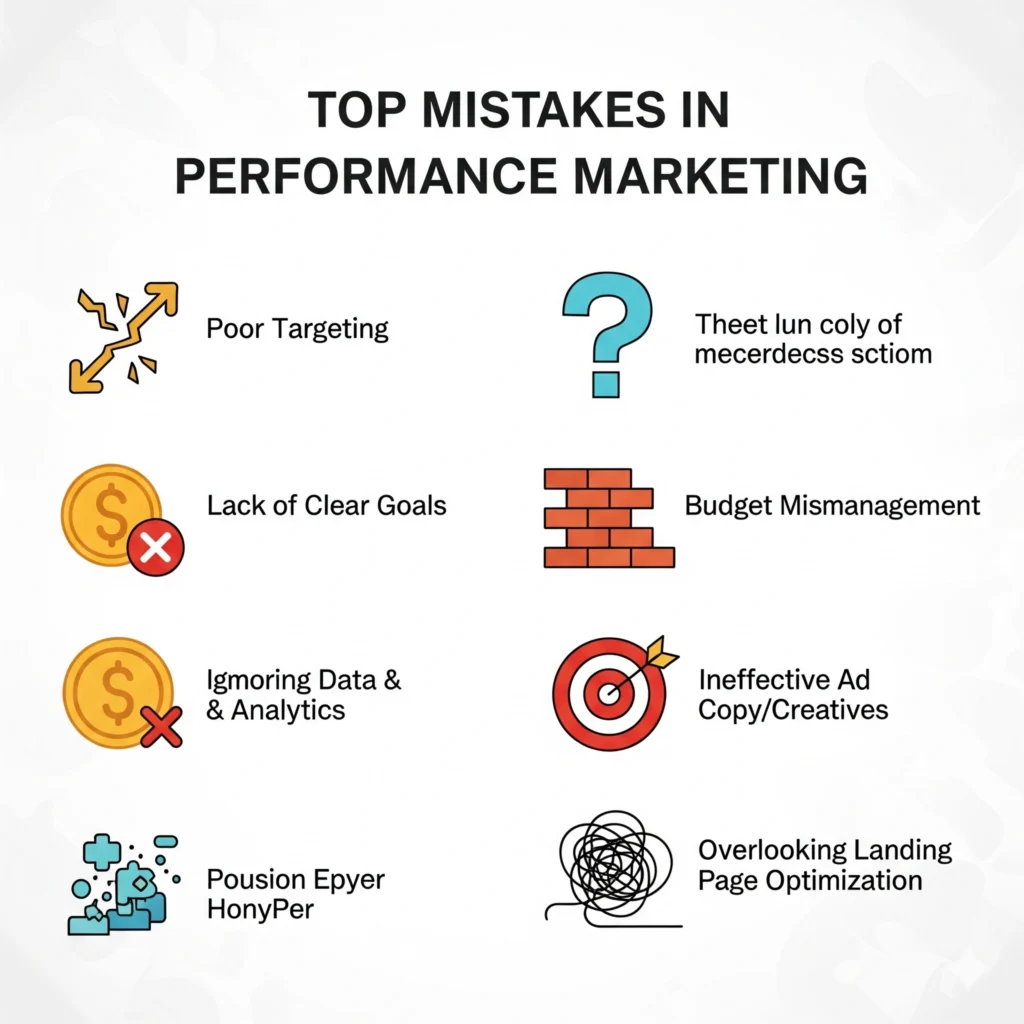
Despite advances in ad tech and data science, many marketers in 2025 continue to fall prey to fundamental and nuanced mistakes that erode marketing ROI and stunt growth. Awareness and proactive correction of these errors can differentiate winners from laggards.
Over-Reliance on Single Channels
Relying heavily on one platform—be it Meta, Google, or TikTok—exposes campaigns to algorithmic shocks, policy changes, and cost spikes. Successful marketers diversify channel mix, balancing stable intent channels (search, retail media) with algorithmic social and emerging CTV placements to hedge risks and optimize total portfolio ROI.
Neglecting Incrementality and Attribution Accuracy
Focusing only on last-click or simplistic attribution models obscures true channel performance, leading to misallocated budgets and missed growth opportunities. Overlooking incrementality testing, MMM, or geo holdouts causes inflated perceived ROAS and poor scaling decisions.
Marketers must embed robust measurement frameworks that reflect incremental business impact.
Insufficient Creative Refresh
Creative fatigue’s impact on CTR and conversion rates is well-documented but frequently underestimated. Campaigns running stale creatives without systematic new concept generation, modular testing, and AI assisted insights see erosion in engagement and rising CPMs.
Ignoring Mobile Experience and Page Speed
Mobile devices dominate traffic and conversions, yet many campaigns funnel prospects to slow-loading, non-optimized landing pages. Ignoring mobile UX—including thumb-friendly CTAs, fast load times, and frictionless checkout—ignores substantial revenue leakage and worsens paid media efficiency.
KPI Ambiguity and Misalignment
Vague or disconnected KPIs, such as focusing on impressions or clicks without tying to downstream revenue or profitability, lead teams astray. KPI definitions must align sales, marketing, and finance on unified growth targets, including LTV:CAC ratios and contribution margin goals.
Lack of First-Party Data Strategy
Failing to build and leverage first-party data pools for targeting and measurement limits campaign scalability and increases dependence on expensive, volatile third-party channels. Without CRM integration and server-side tracking, marketers lose control amid rising data privacy restrictions.
How to scale paid ads for maximum performance and ROI
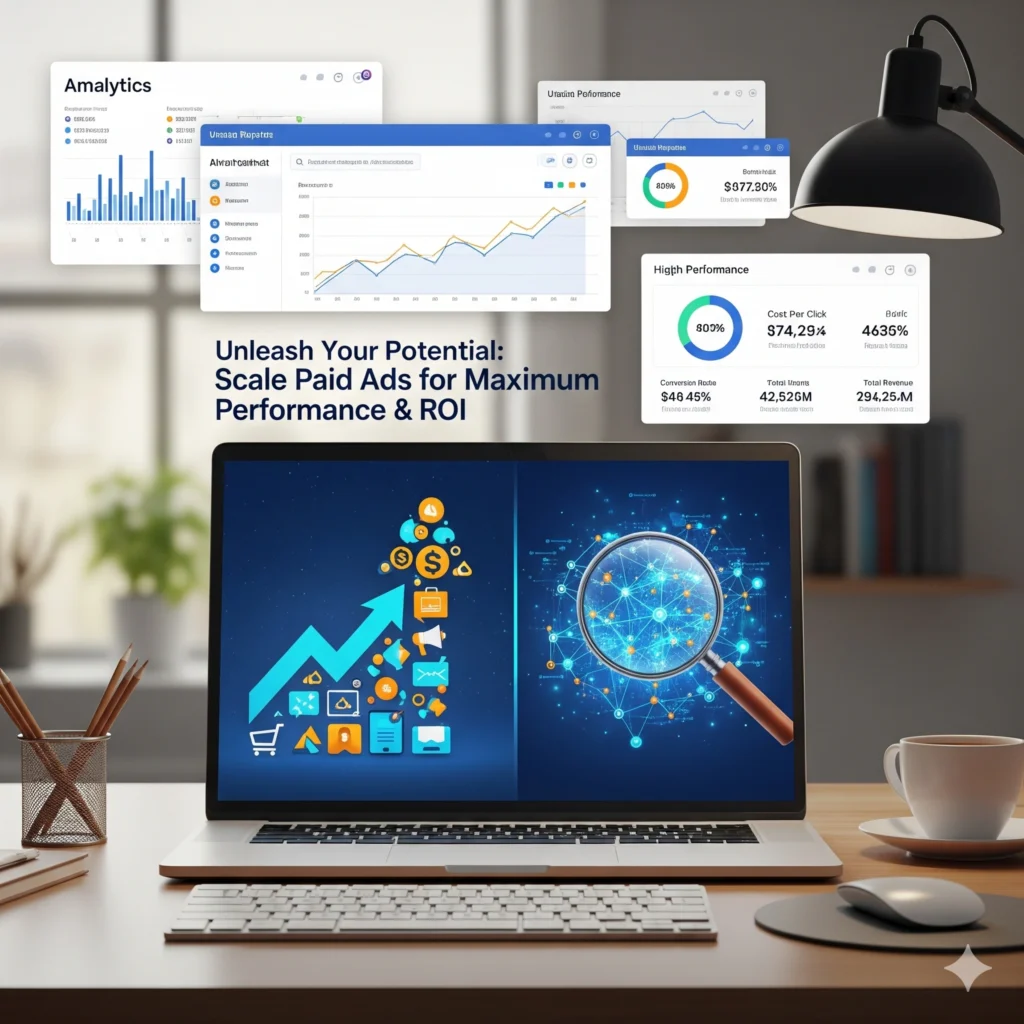
Scaling paid advertising in 2025 demands far more than simply increasing budgets. Leading marketers deploy precise, methodical expansion strategies grounded in real-time data feedback, LTV-informed economics, and creative agility to maximize ROI while preserving margin health.
Smart Scaling vs Brute Force
Smart scaling focuses on controlled, incremental budget increases typically around 15-25% every 7-10 days, allowing algorithmic learning phases to stabilize and preventing auction cost inflation. Abrupt budget spikes trigger ad system “learning resets” that reduce delivery efficiency and spike CAC sharply.
By layering incremental spend on top-performing campaigns with fresh creative variants and layered audience tests, scaling builds durable volume without sacrificing conversion efficiency.
Creative Iteration as a Scaling Lever
Creative fatigue is the main hidden limiter of scale. Marketers scaling budgets without simultaneously increasing creative testing inevitably hit plateau or decline. Modular creative systems enable ongoing testing of new headlines, formats, offers, and CTAs that a/b test effectively across defined target segments.
AI-powered creative analytics help identify winning permutations faster, providing actionable insights to refresh ads systematically as they scale.
Algorithmic Budget and Bid Management
Leverage algorithmic campaign budget optimization (CBO) tools offered by platforms like Meta and Google, but augment with proprietary rules incorporating business KPIs like contribution margin and LTV:CAC ratios. Custom bid scripts or API integrations enable real-time bid adjustments aligned with inventory fluctuations, competitor moves, and macro trends.
Such granular bid management ensures spending expands where yield is sustainably highest rather than via static budget caps.
Cohort and Funnel-Level Analysis
Scaling demands granular performance analysis beyond aggregate ROAS. Segment audiences and campaigns by acquisition date, customer cohort, and funnel stage to detect margin leaks early. For instance, evaluating CAC and churn rates per cohort allows precise targeting of segments primed for profitable growth.
This fine-tuned profitability view prevents scaling “bad” customers that inflate CAC and reduce lifetime margins.
Retention-Driven Payback Optimization
Scaling prospecting ads profitably often requires accepting breakeven or negative returns in initial acquisition if supported by robust retention flows. Marketers embedding predictive churn models,
automated post-purchase upsell campaigns, and subscription engagement tactics capture incremental margin over months post-acquisition.
This enables aggressive budget expansion founded on meaningful economic payback horizons rather than short-term ROAS myths.
Cross-Channel Synergy and Real-Time Attribution
Lastly, integrate cross-channel attribution data feeding real-time spend reallocation. Signals from search, retail media, social, and CTV inform automated budget shifts to areas showing best immediate payback, incrementality, and margin lift—allowing continuous portfolio rebalancing to maximize overall ROI.
How to use chatbots for digital marketing and lead generation
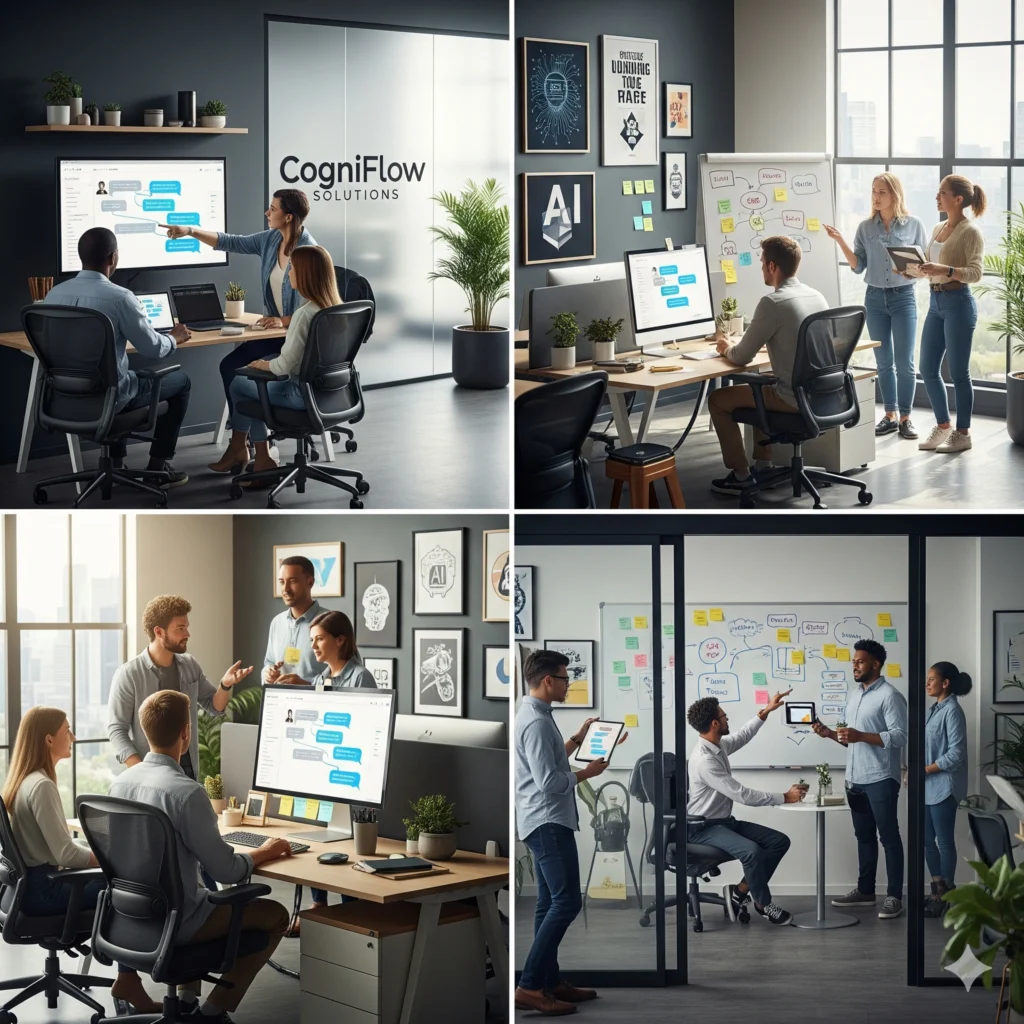
AI chatbots have become an essential tool in digital marketing and lead generation. However, leveraging them effectively requires understanding advanced conversational AI use cases and integration strategies that maximize lead quality, nurture capacity, and conversion velocity.
Conversational Qualification and Multi-Touch Engagement
Modern chatbots go beyond simple form filling—they lead prospective customers through multi-step qualification scripts with dynamic flow branching based on user responses and intent signals. They educate users, preempt objections, and deliver tailored product recommendations that boost engagement and lower bounce rates.
By capturing nuanced behavioral data from chats, bots feed marketing automation engines with highly segmented lead profiles for personalized follow-up.
Integration with CRM & Marketing Automation
Sophisticated chatbot setups integrate bi-directionally with CRM platforms and marketing automation tools, updating lead records in real time and triggering tailored nurture sequences or sales alerts based on chatbot interactions.
This tight integration enables closed-loop tracking from conversation to conversion, providing granular attribution for chatbot-driven leads and improving campaign ROI calculation.
Omni-Channel Conversational Experience
Deploy chatbots consistently across web, social media messaging apps (WhatsApp, Messenger, Instagram DMs), and emerging voice assistants. Ensure seamless handover between channels so users can pick up conversations without friction, driving deeper engagement and higher conversion potential.
Brands that master omnichannel conversational experiences typically see double-digit improvements in lead volumes and funnel velocity.
Conversational Analytics and Continuous Improvement
Analyze chatbot transcripts by sentiment, dropout points, and keyword trends to identify lead pain points and script bottlenecks. Use AI-powered analytics platforms to propose refinements and automate iterative improvements scoring chatbot efficiency against qualification and conversion KPIs.
Taking a data-driven approach to chatbot optimization elevates their ROI beyond mere novelty.
Compliance and Ethical Use
Ensure chatbot interactions respect data privacy guidelines and explicitly obtain informed consent for data collection and use. Transparency in how chatbot data feeds marketing and sales processes builds customer trust and prevents attrition.
Adopt bias mitigation in chatbot training data to avoid unintentionally alienating or excluding key audience segments.
FAQS
Performance marketing is a data-driven digital marketing approach where advertisers pay based on measurable results like clicks, leads, or sales. Unlike traditional marketing, it focuses on direct ROI, leveraging real-time tracking and optimization to maximize efficiency and accountability.
Key channels include Meta Advantage+ and TikTok for prospecting, Google Performance Max for search intent, retail media networks like Amazon/Walmart for purchase-ready audiences, and emerging CTV/YouTube for brand lift and upper funnel impact.
First-party data is critical in 2025 for precise targeting, personalization, and measurement amid privacy restrictions. It forms the backbone for AI-powered audience modeling, lookalike development, and privacy compliant attribution processes.
Use multi-touch attribution frameworks, incrementality testing (geo holdouts), and privacy-first server-side tracking combined with econometric models (MMM-lite) to measure incremental lift and link marketing spend to contribution margin and LTV.
Multi-touch attribution allocates credit to multiple marketing touchpoints along the customer journey, providing a fuller picture of channel influence. It avoids the last-click bias that undervalues upper funnel and assist channels, enabling smarter budget allocation.
AI automates creative generation, budget allocation, and audience segmentation with greater precision and velocity. It predicts high-value prospects, optimizes bids based on margin impact, and enables dynamic personalization increasing conversion rates.
Creative velocity is the rapid iteration and testing of diverse ad creatives. Maintaining high creative velocity combats ad fatigue, boosts engagement, and helps scale budgets without losing performance.
They adopt server-side tagging, conversion APIs, robust first-party data capture, and econometric modeling to fill measurement gaps left by cookie and tracking restrictions while maintaining GDPR/CCPA compliance.
Chatbots qualify leads conversationally, segment audiences, schedule demos, and integrate with CRM to automate nurture. They improve lead quality and conversion speed, providing personalized engagement at scale.
Subscription services, digital products (SaaS, courses), specialized D2C brands with premium pricing, and product-led growth B2B SaaS models show high profitability due to recurring revenue, low marginal costs, and customer retention.
Scale incrementally (15-25% budget steps), refresh creatives frequently, use algorithmic bidding aligned with contribution margin and LTV thresholds, and analyze cohorts to sustain profitability during growth.
Scale incrementally (15-25% budget steps), refresh creatives frequently, use algorithmic bidding aligned with contribution margin and LTV thresholds, and analyze cohorts to sustain profitability during growth.
Track contribution margin, LTV:CAC, multi-touch attributed conversions, CAC by cohort, retention rates, ROAS adjusted for margin, and upper funnel brand lift metrics for a comprehensive view.
Extremely important—it balances auction risk, maximizes reach across diverse audiences, and leverages cross channel synergy to improve overall portfolio ROI.
LTV:CAC is the ratio of customer lifetime value to customer acquisition cost. It determines business profitability by ensuring that acquisition costs are justified by long-term revenue from customers.
Use AI tools to generate multiple creative variants, analyze engagement signals, and optimize ad copy and visuals rapidly, enabling data-driven creative decision-making at scale.
Retail media networks are advertising platforms run by e-commerce retailers like Amazon and Walmart, enabling brands to target purchase-ready shoppers with measurable ROI, complementing social and search channels.
Use CRM matching, POS integrations, call tracking, and server-side data collection to link online campaigns to offline sales, providing holistic performance insights.
Implement transparent data collection disclosures, consent management platforms, data anonymization where required, and ensure all tracking respects regulations such as GDPR, CCPA, and others.
Regularly analyze conversation transcripts, use AI for sentiment and intent detection, tweak scripts based on dropout analysis, and closely integrate bot data with CRM workflows for timely follow-ups.
Share this post :
Newsletter
Add Your Heading Text Here
Lorem ipsum dolor sit amet, consectetur adipiscing elit. Ut elit tellus, luctus nec ullamcorper mattis, pulvinar dapibus leo.


